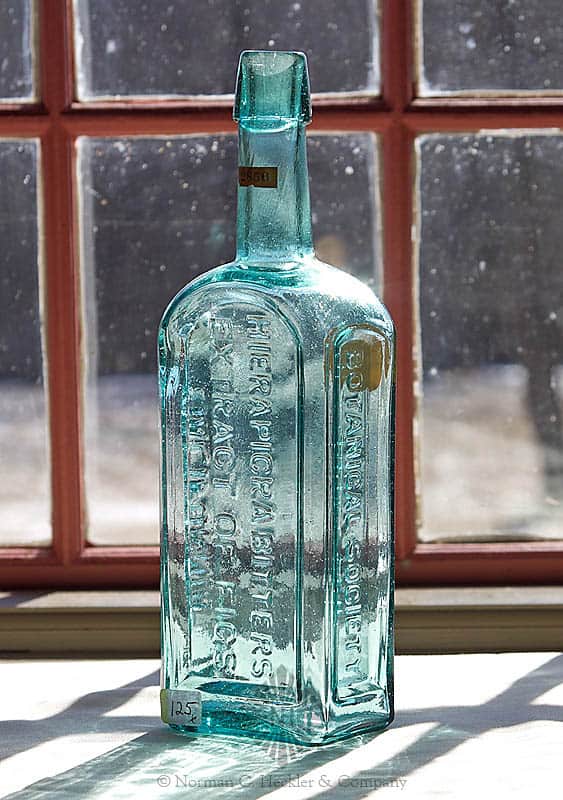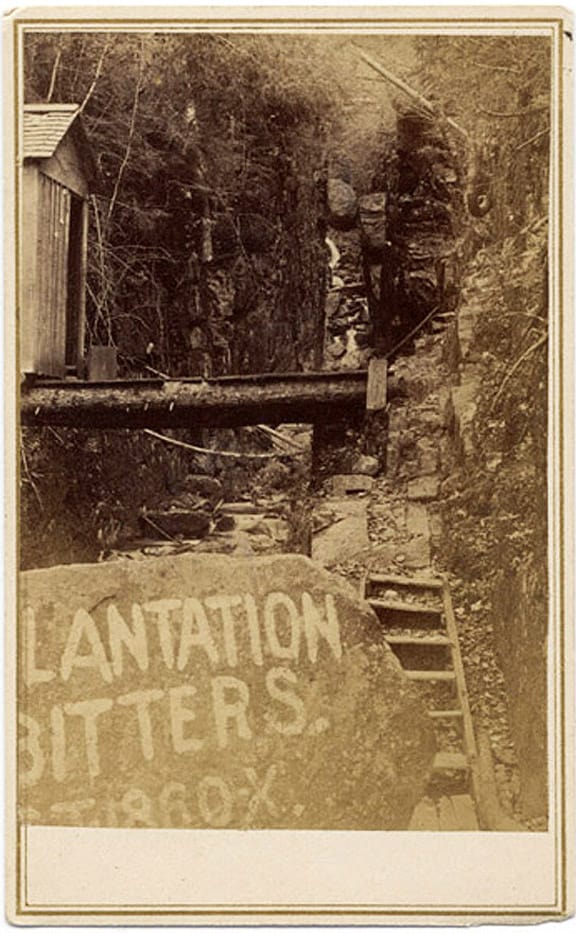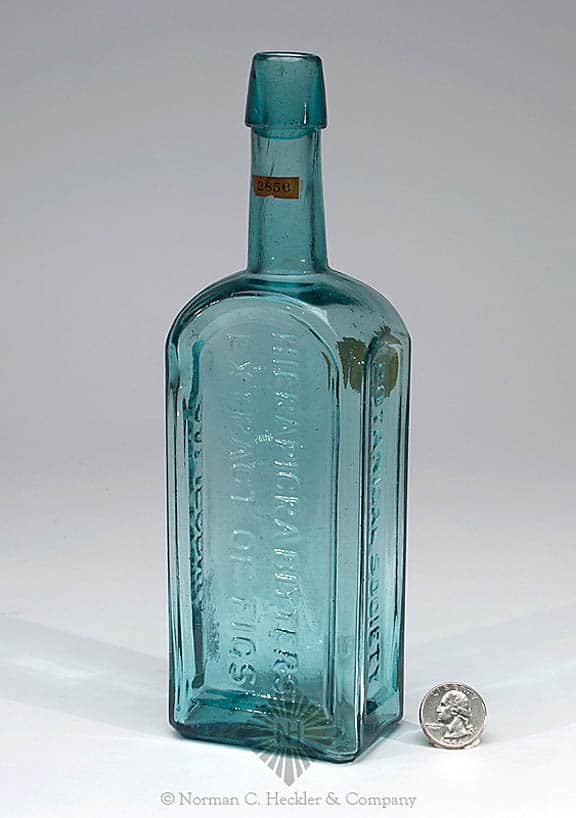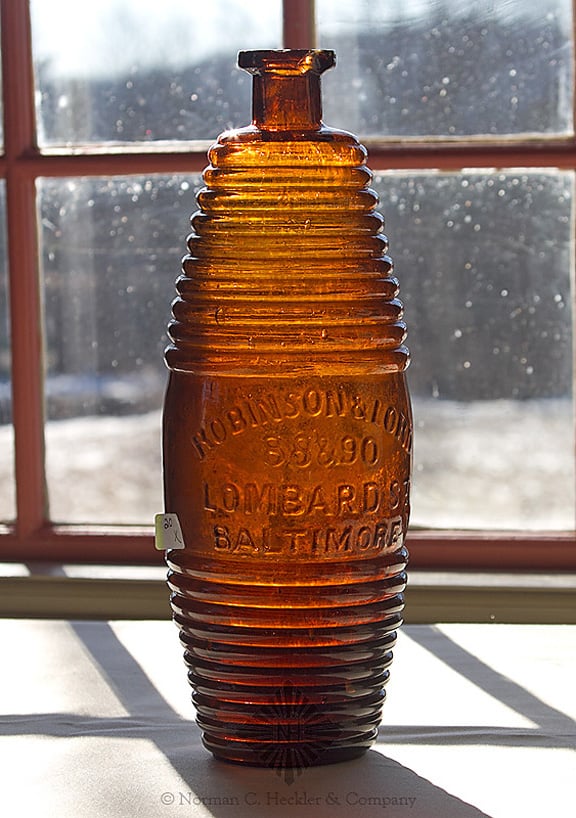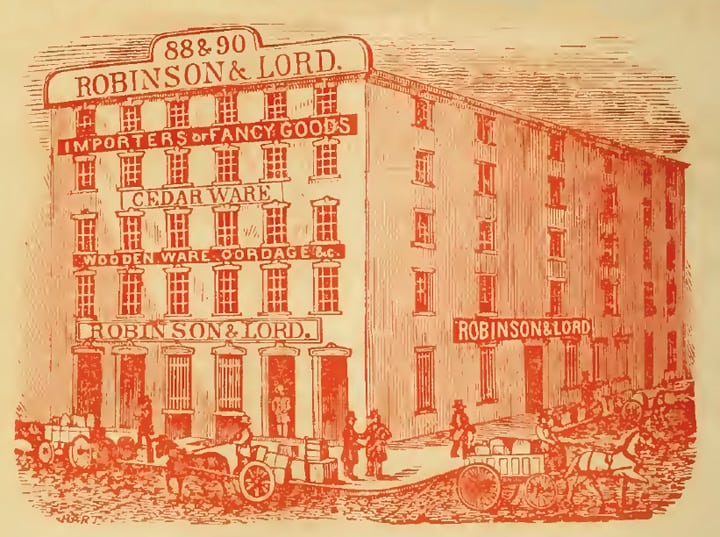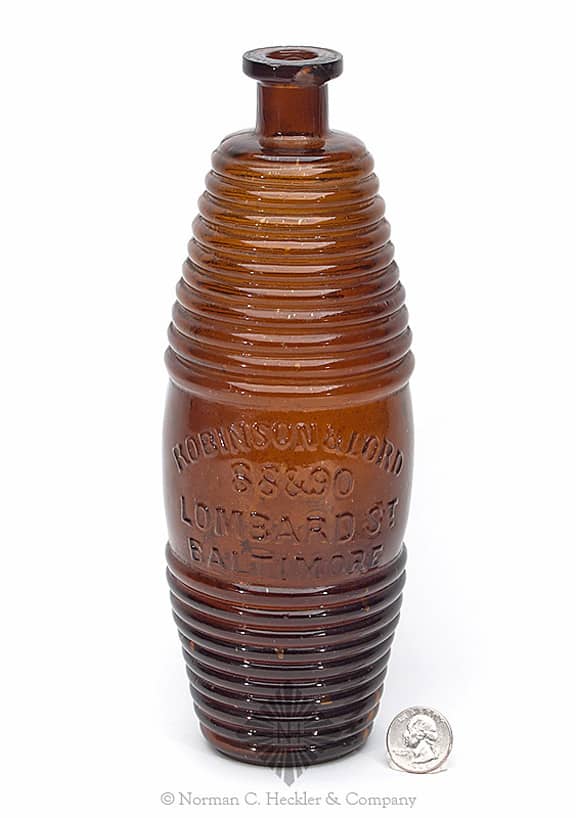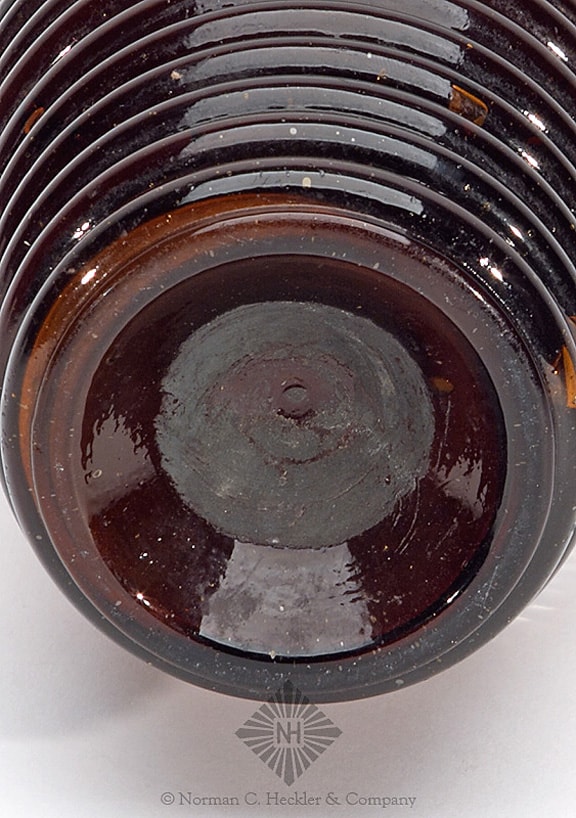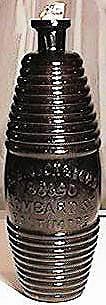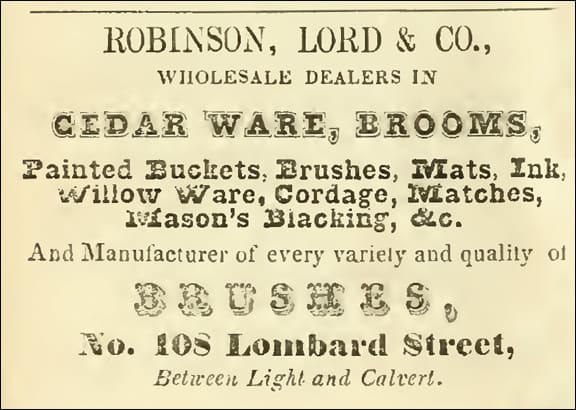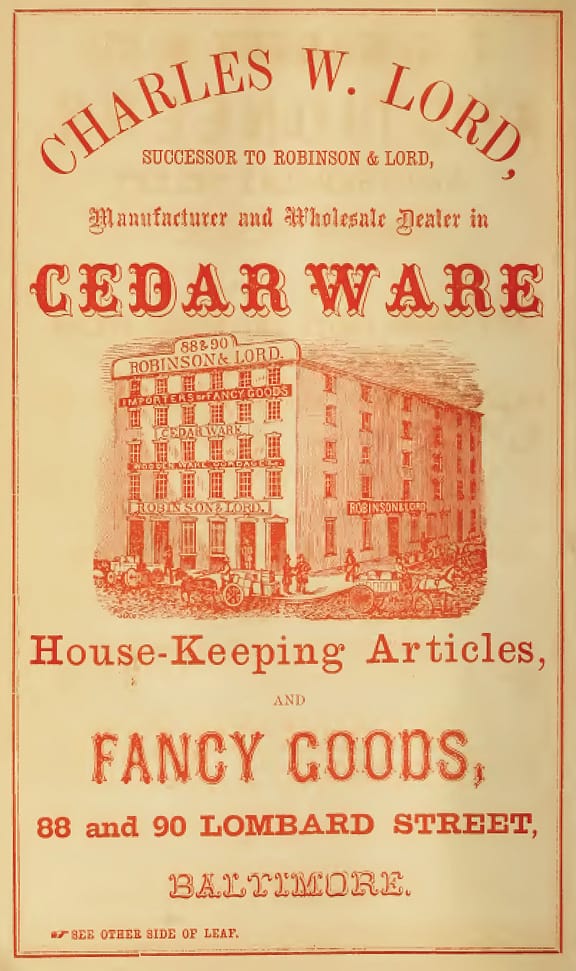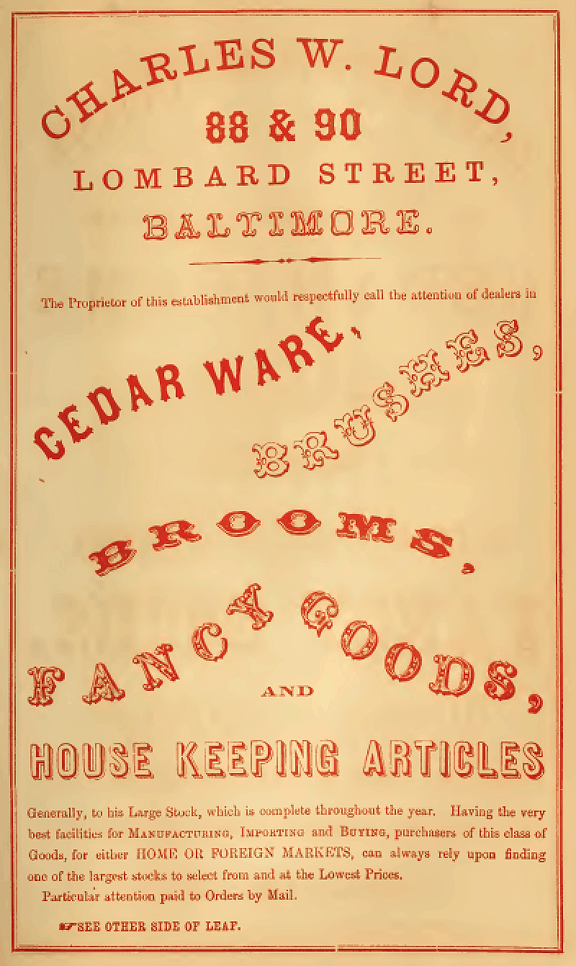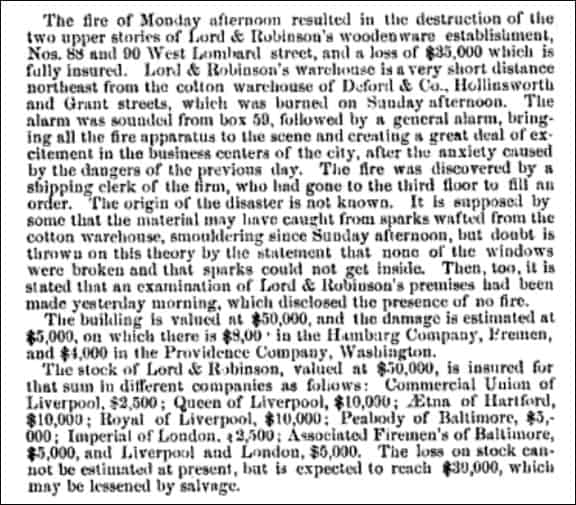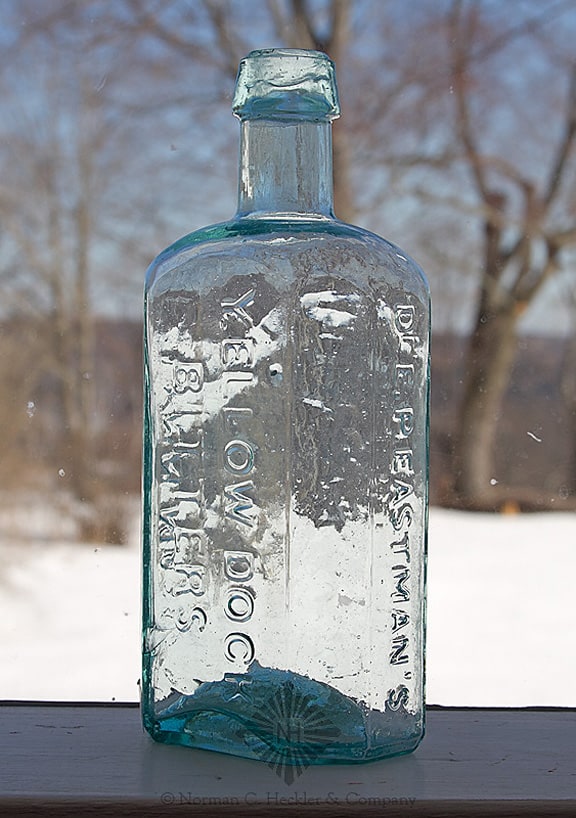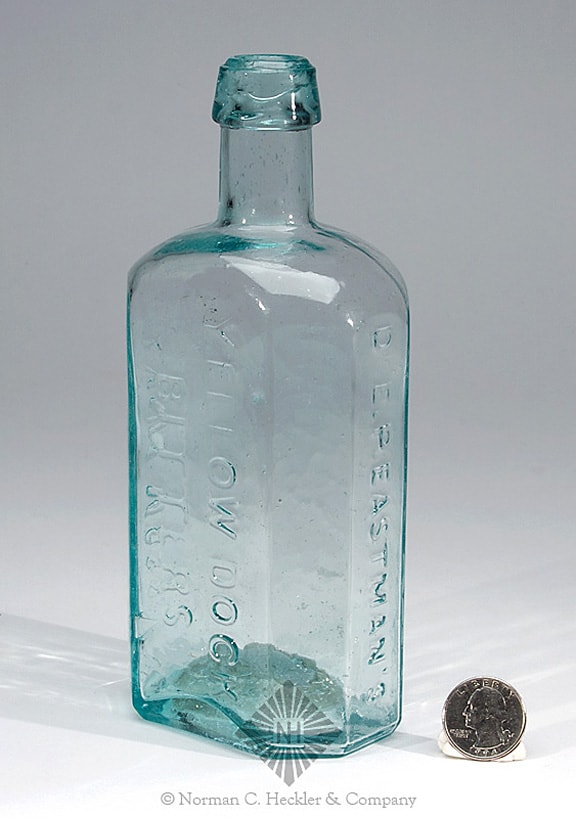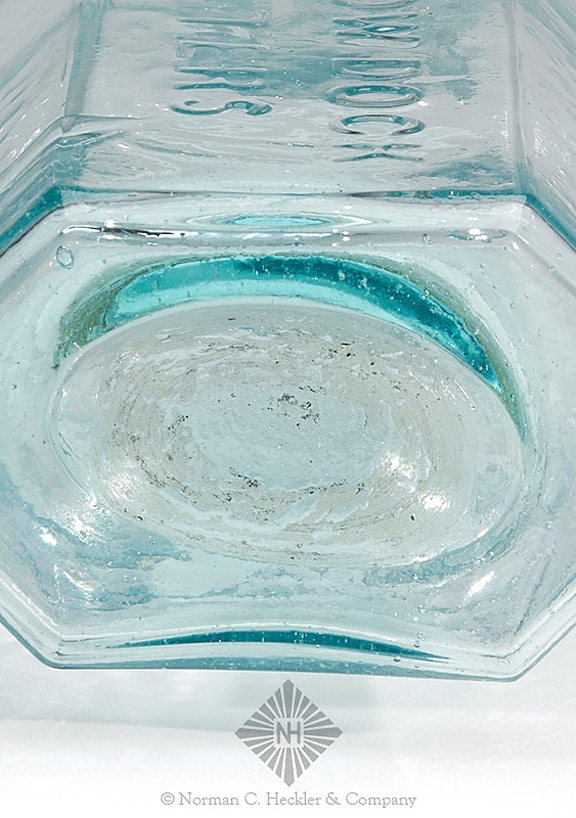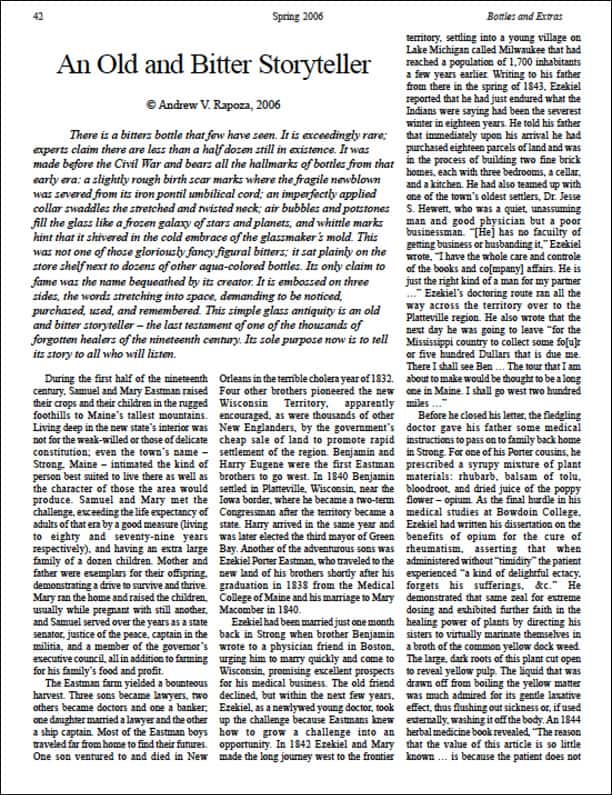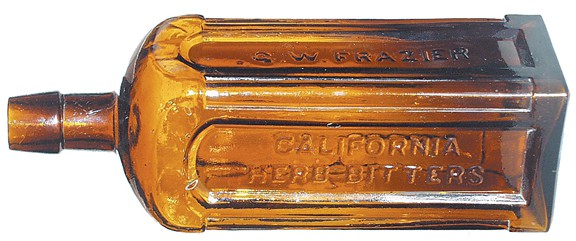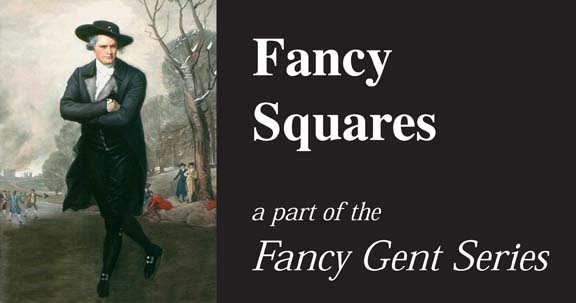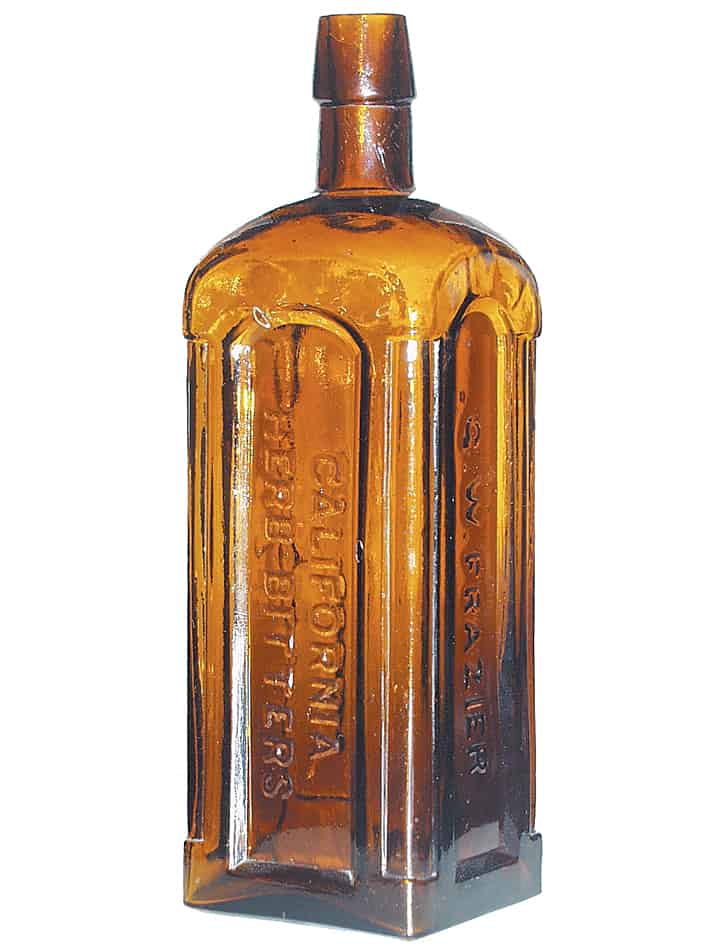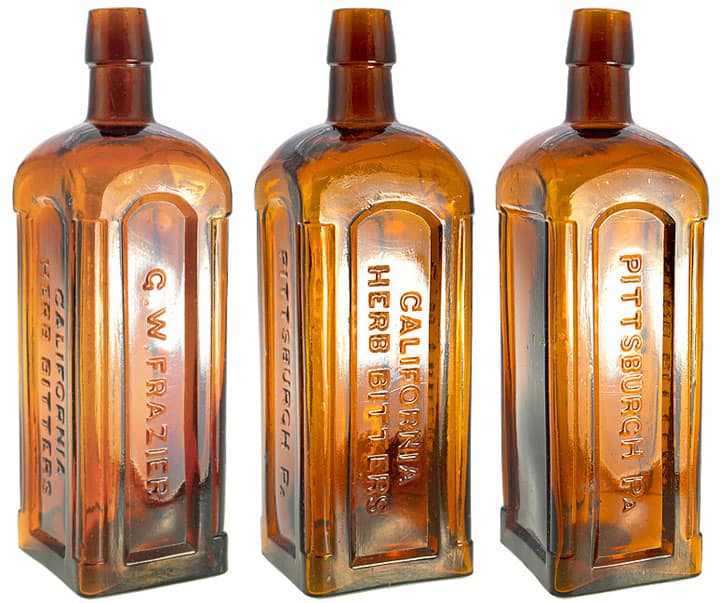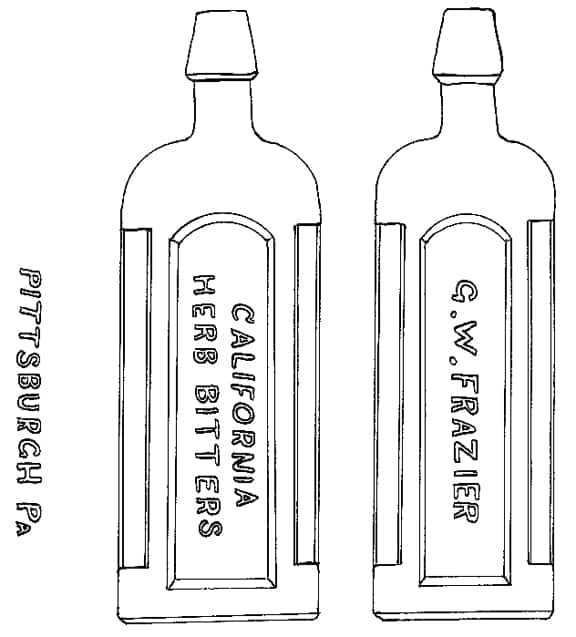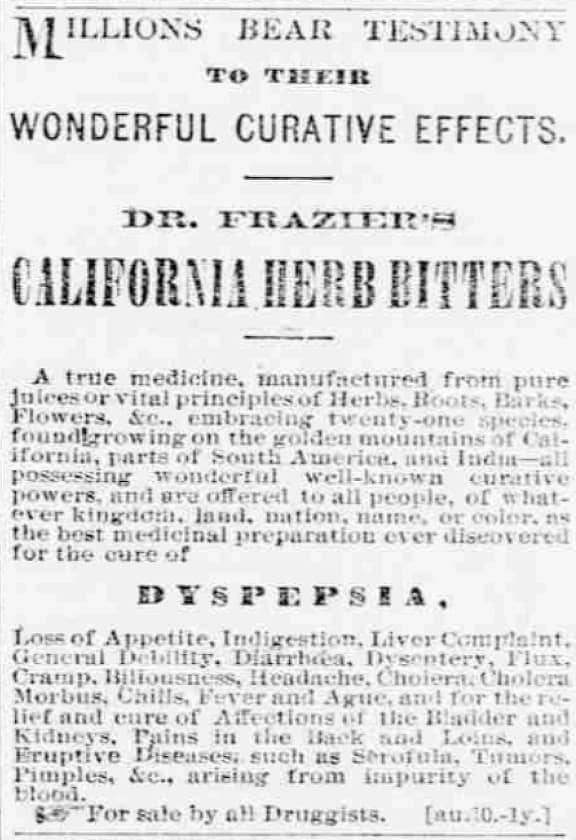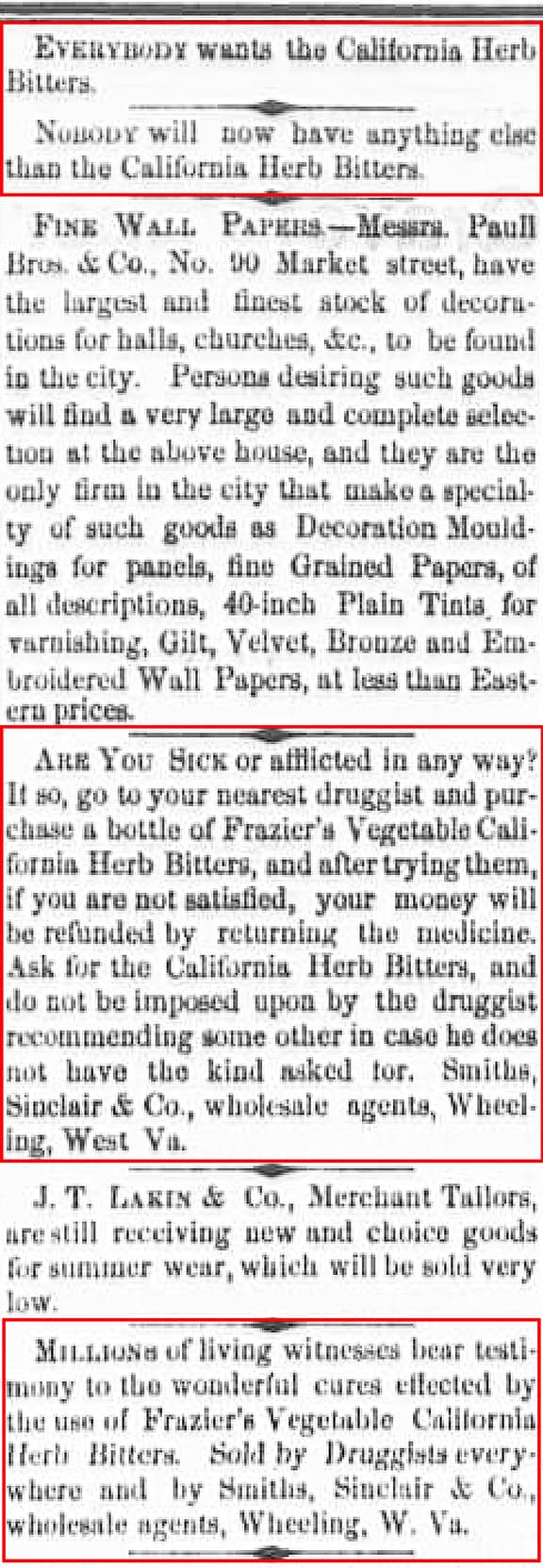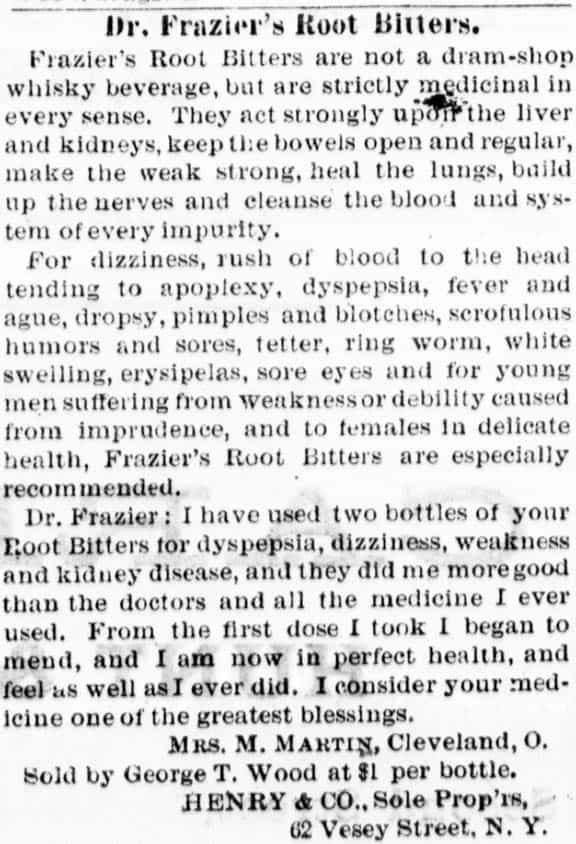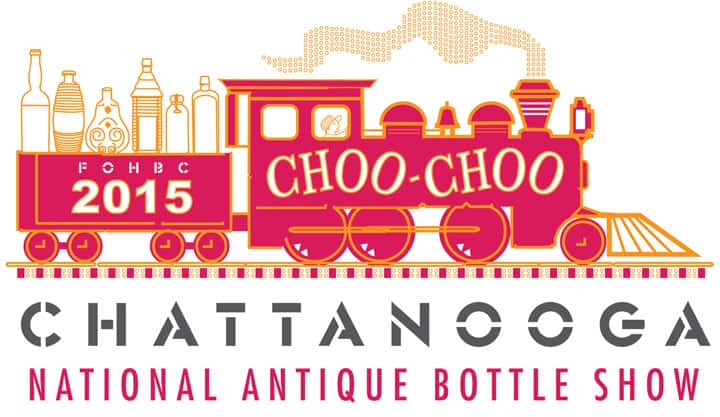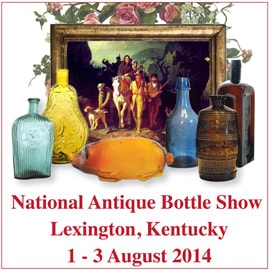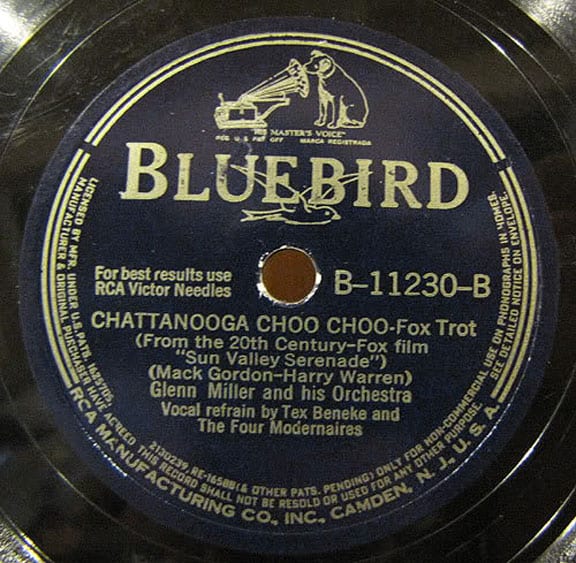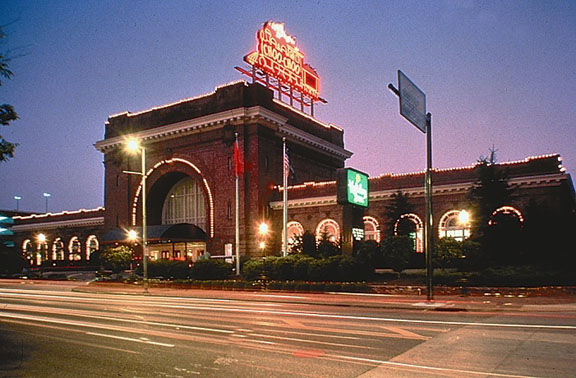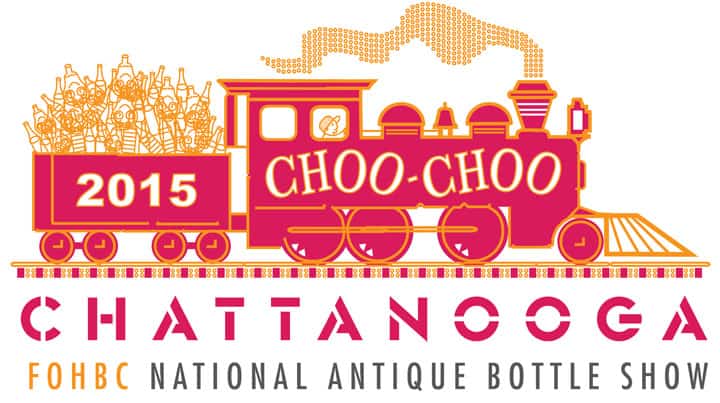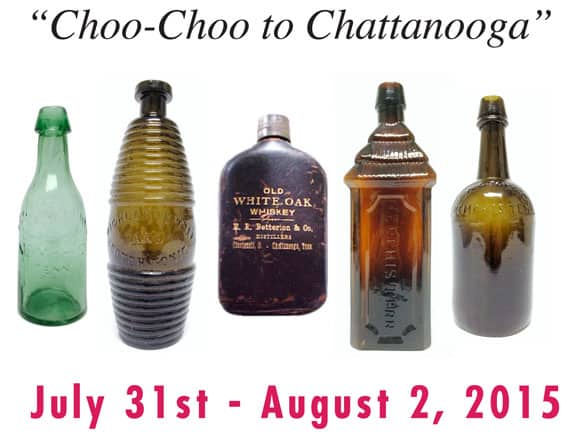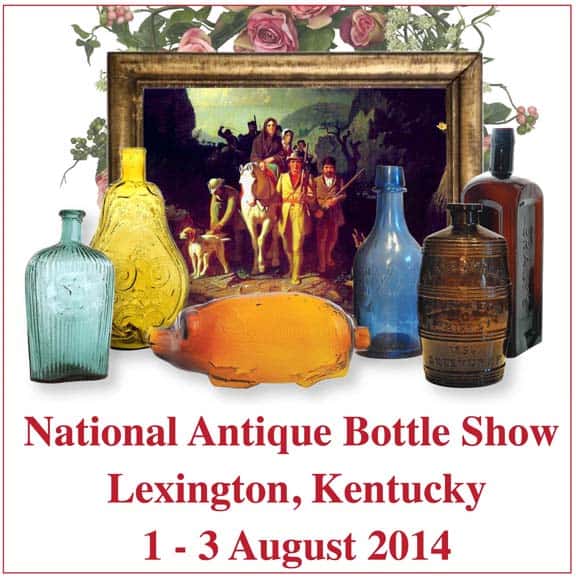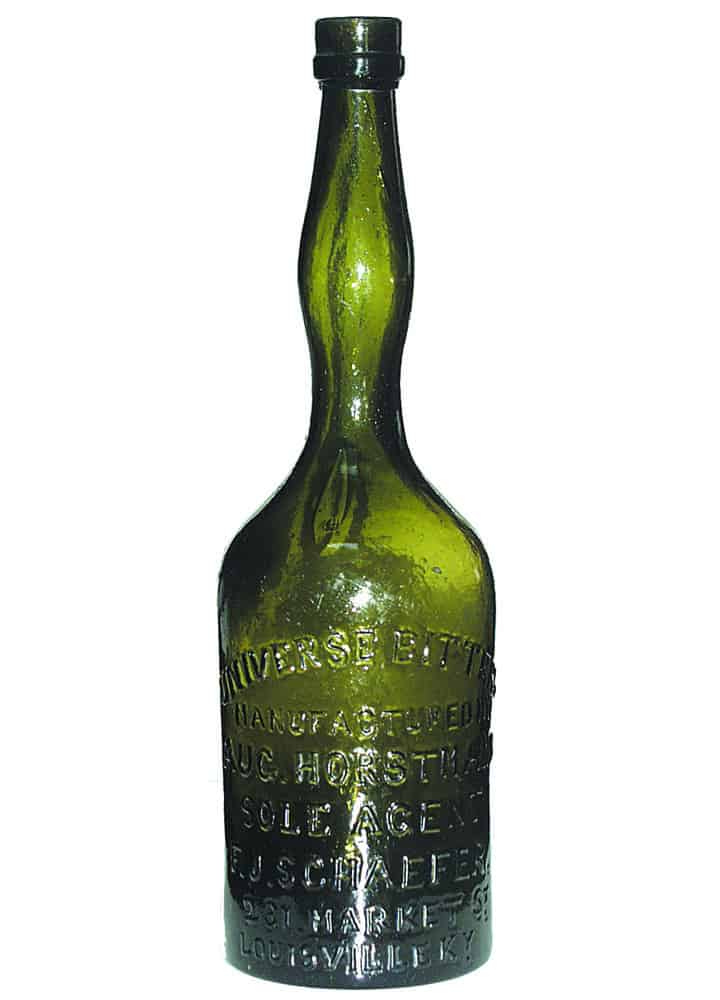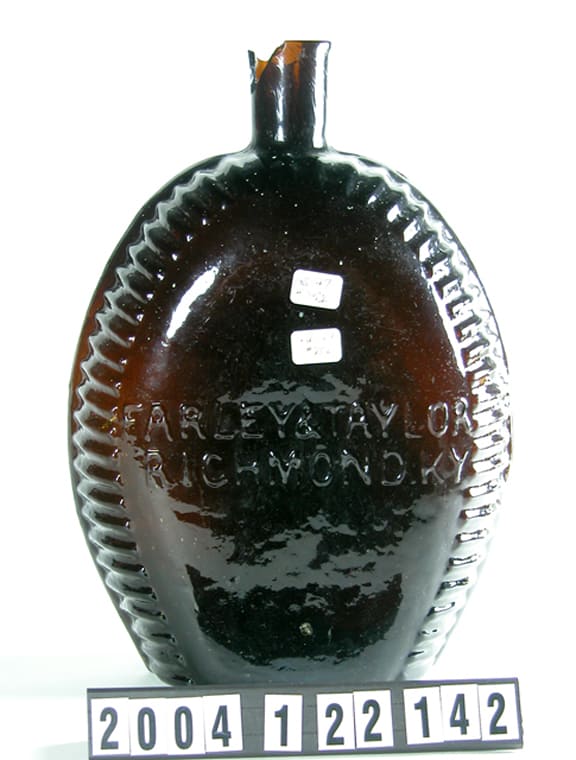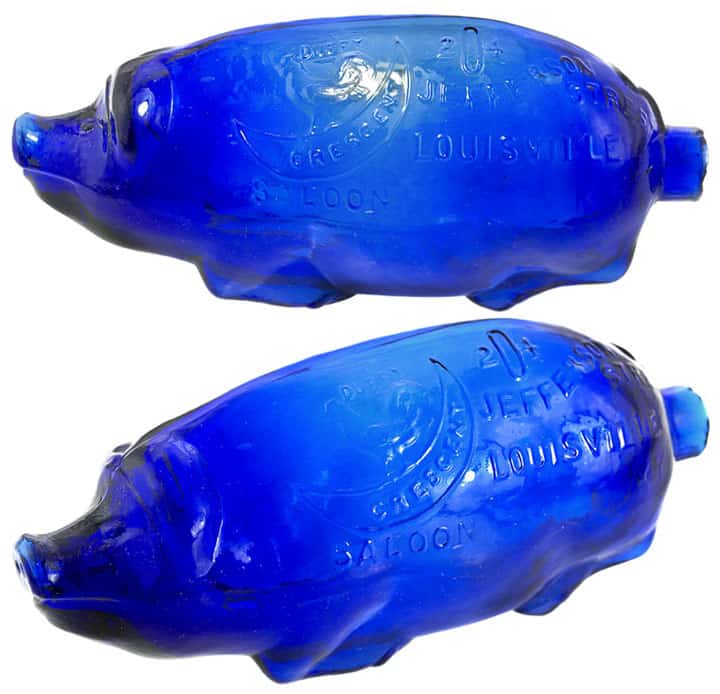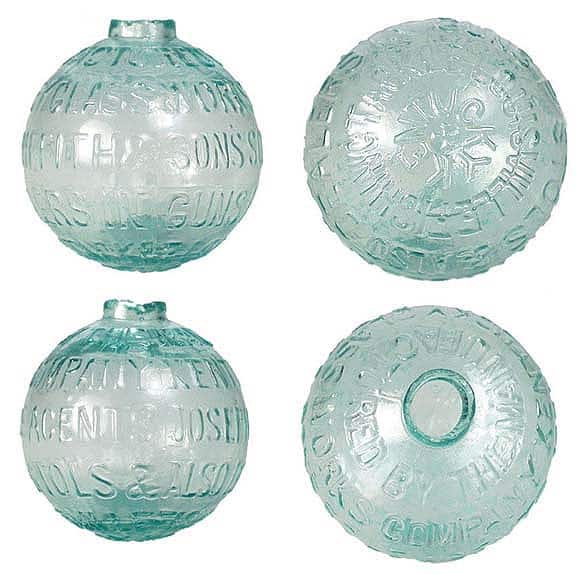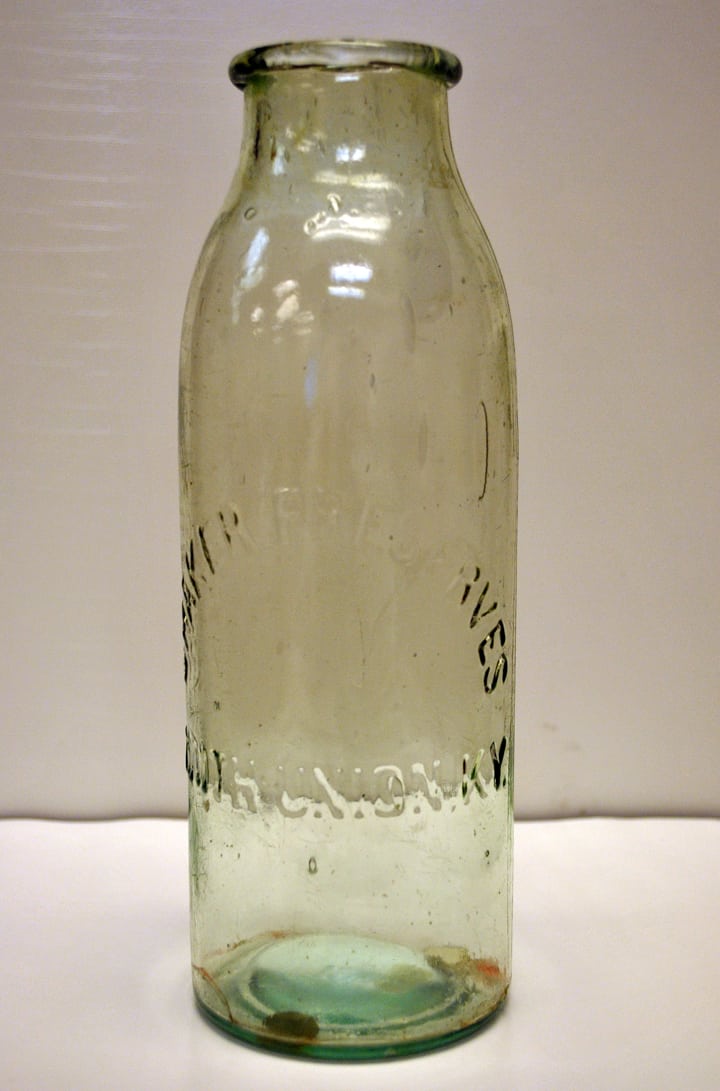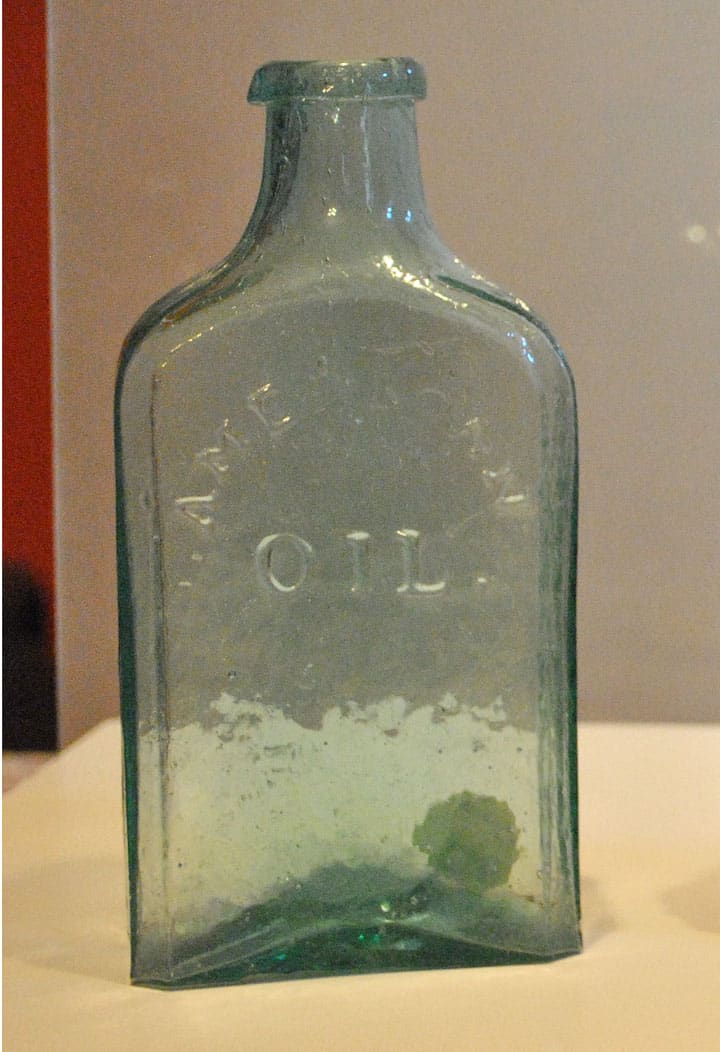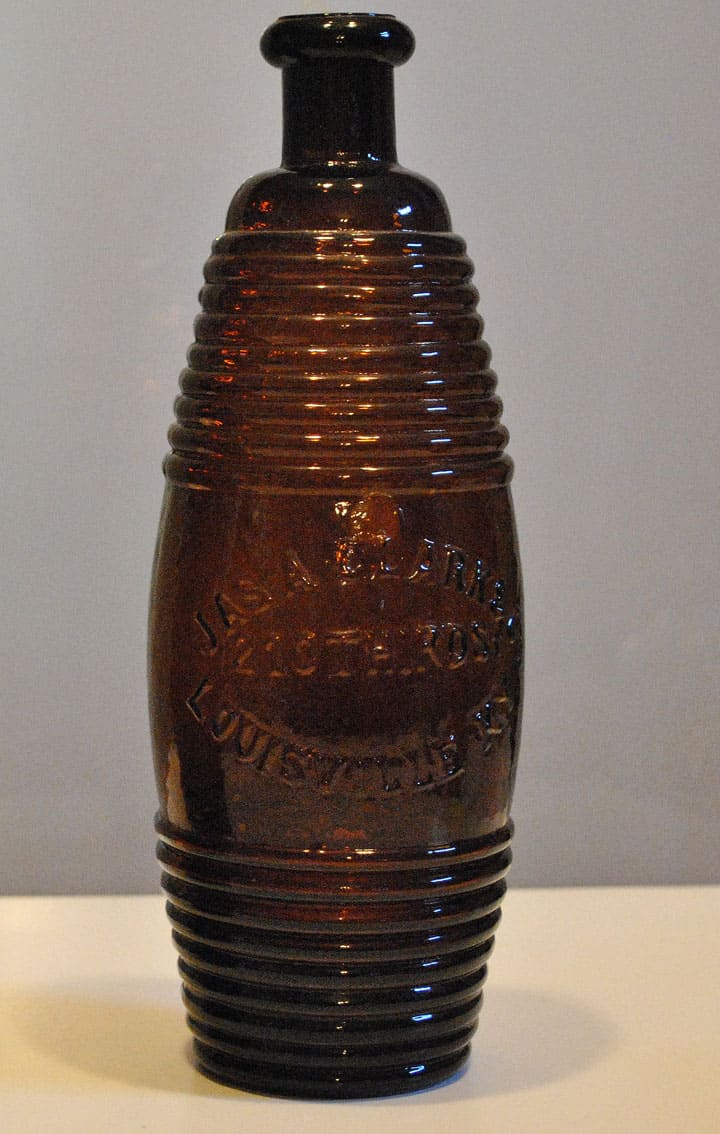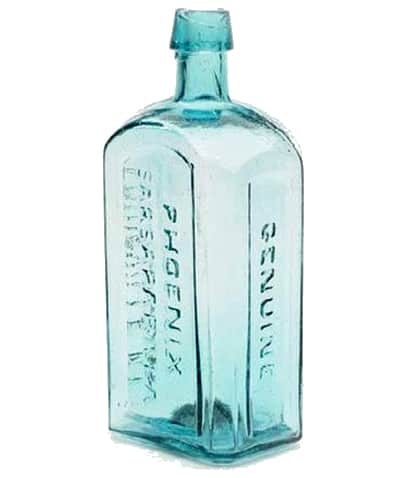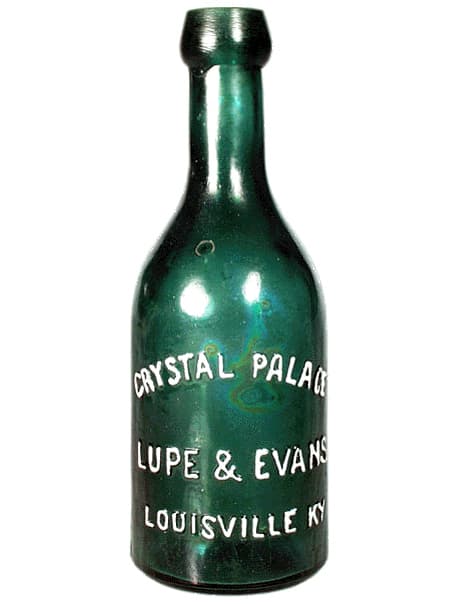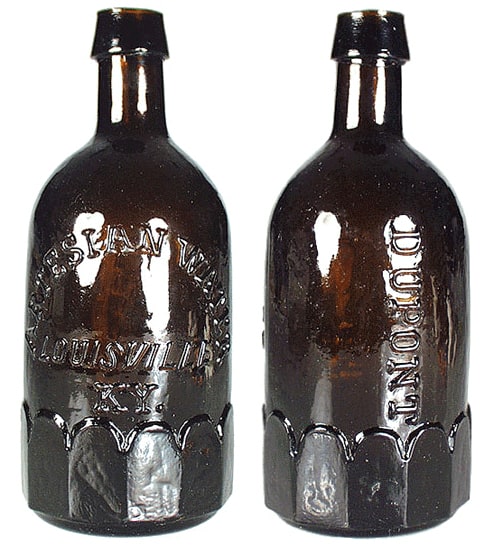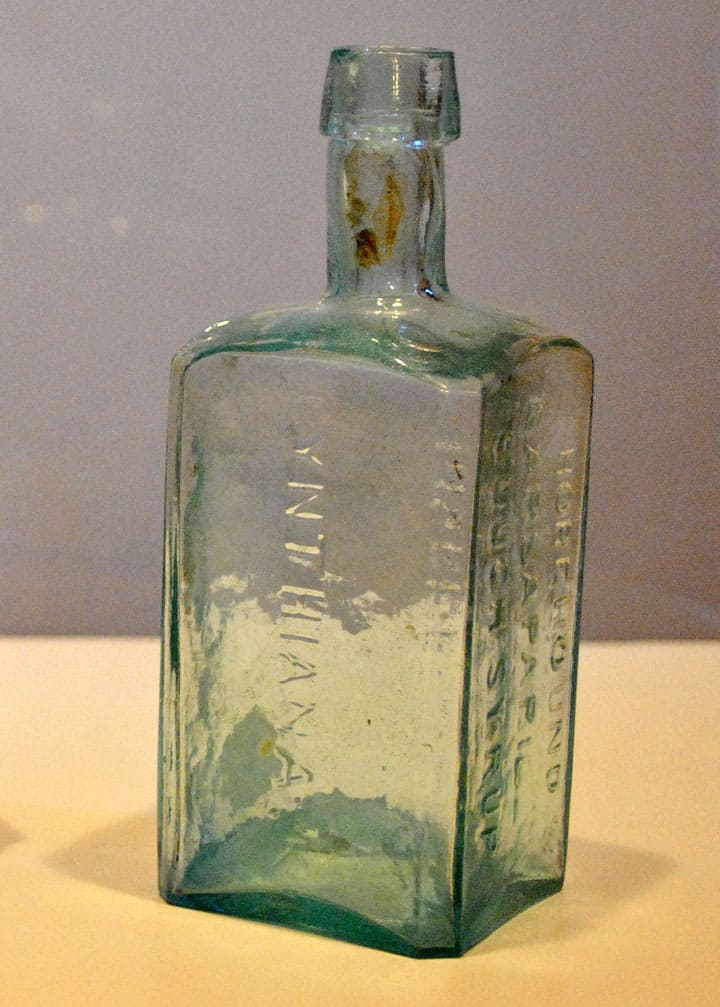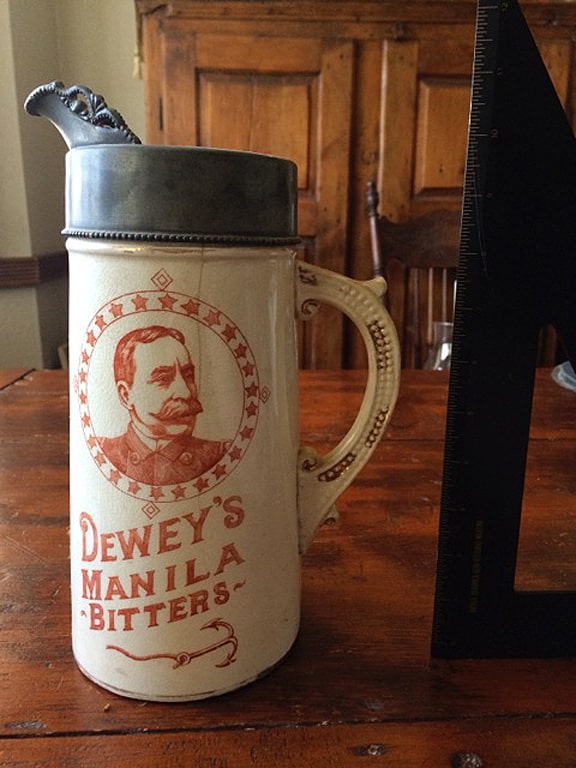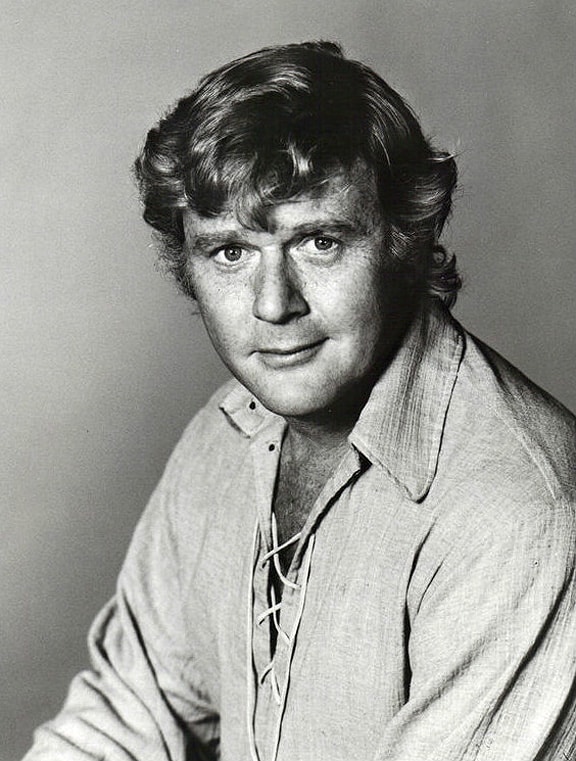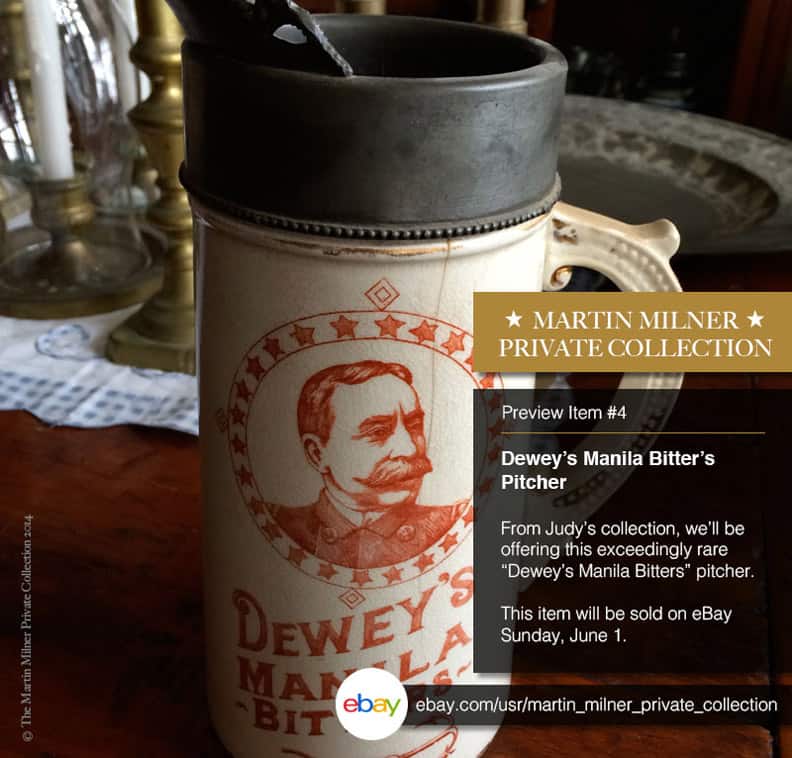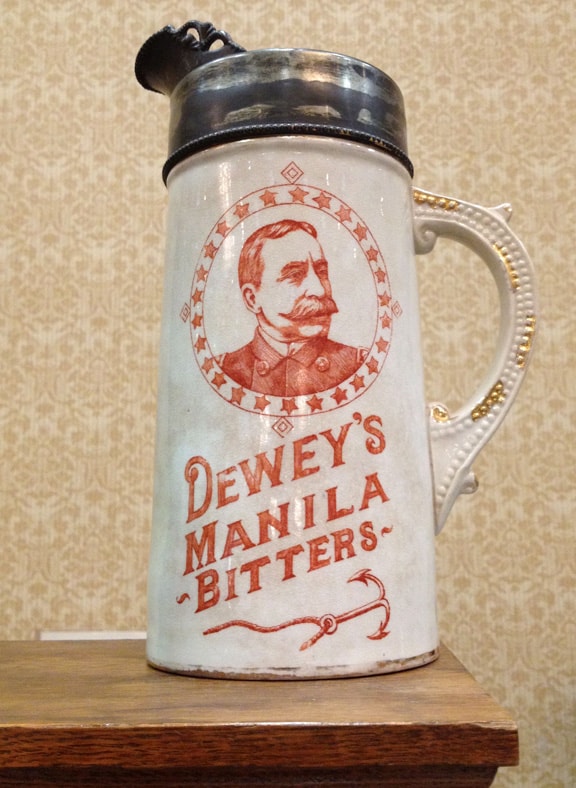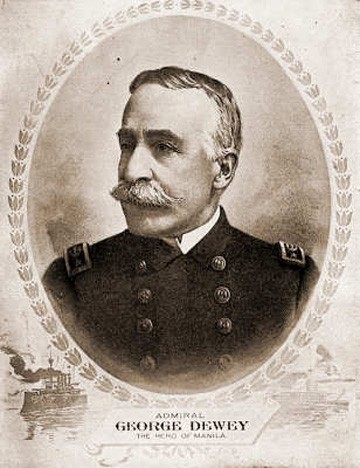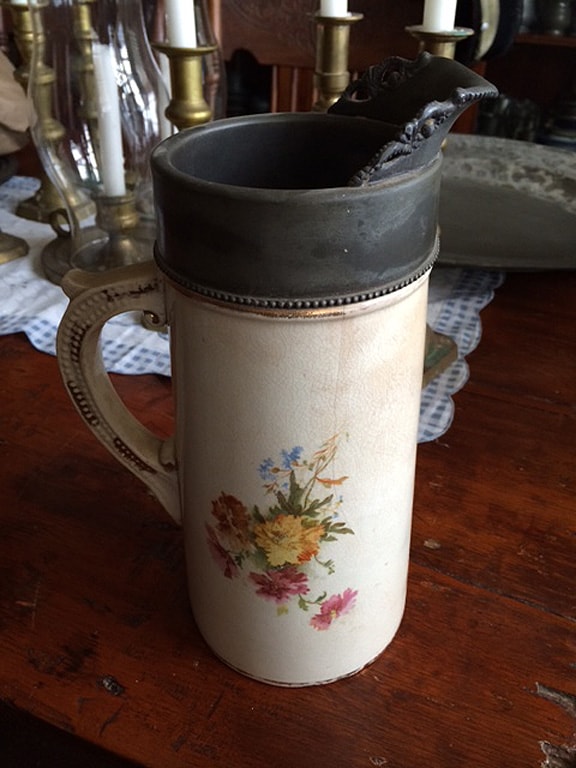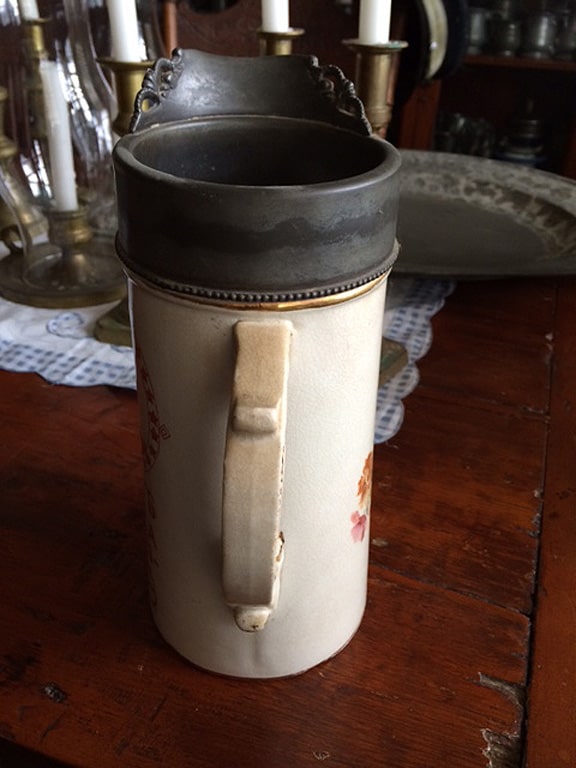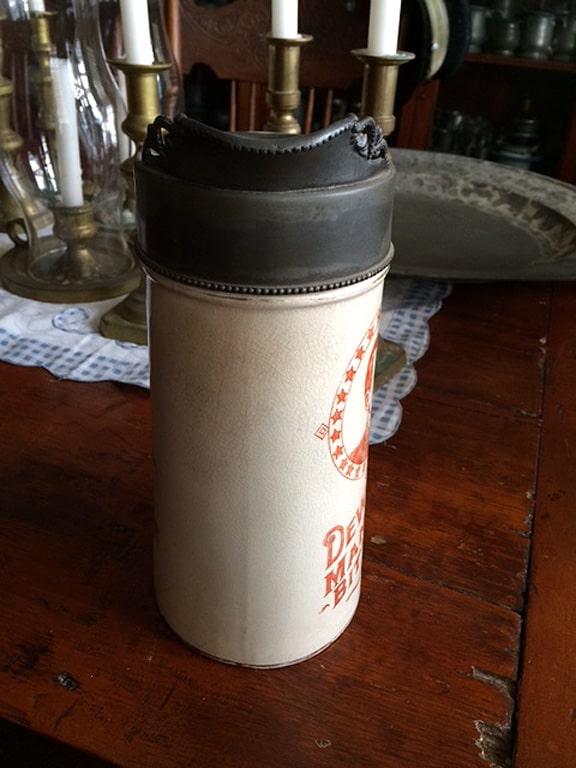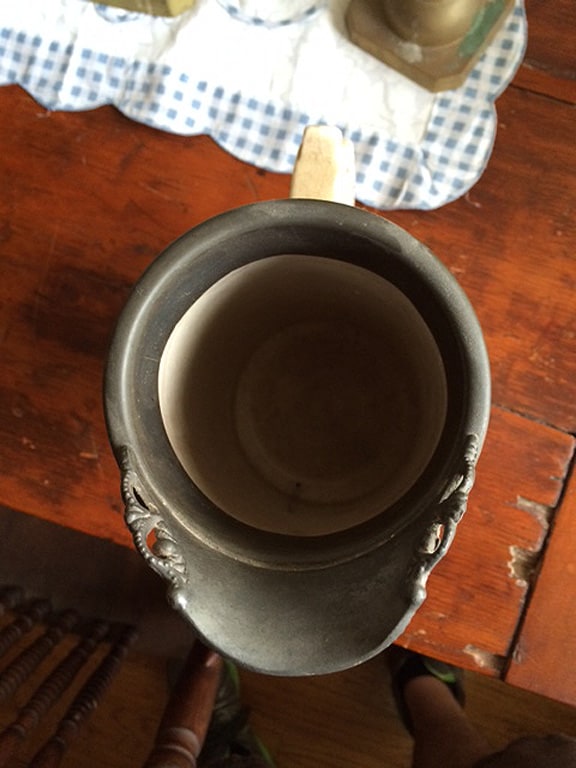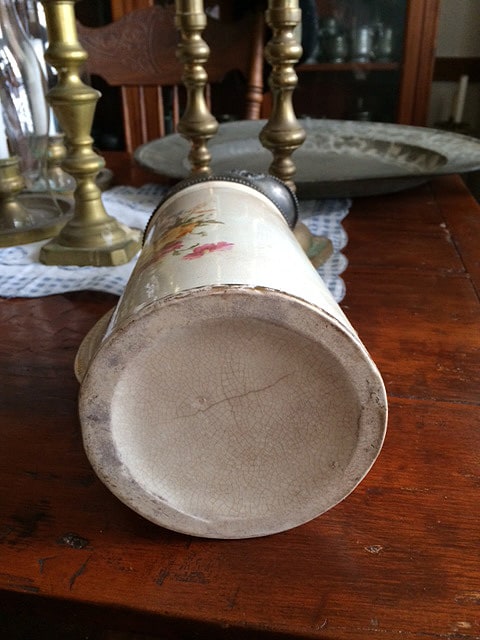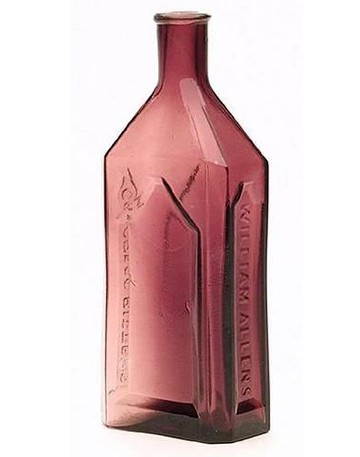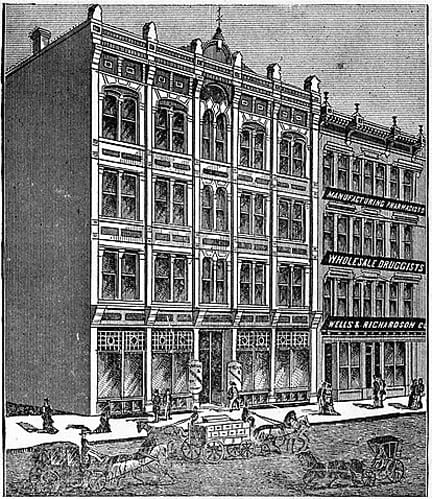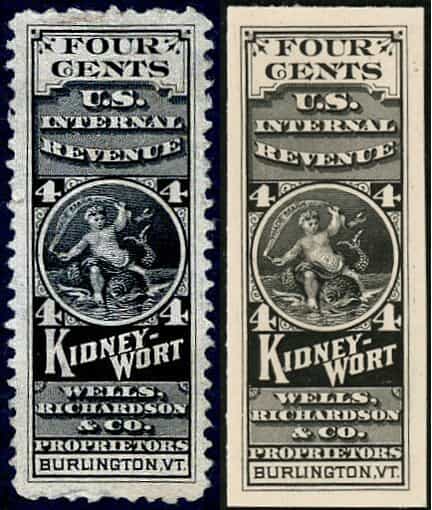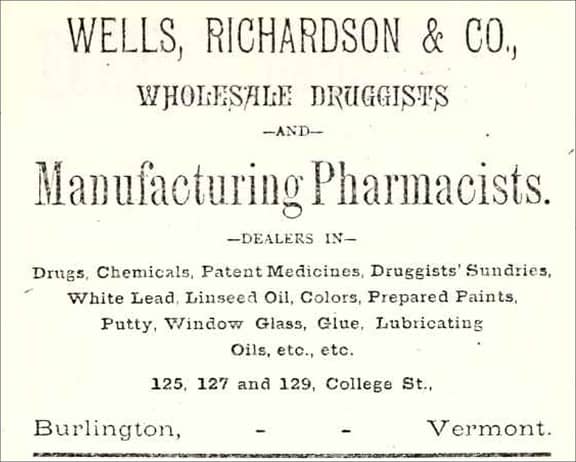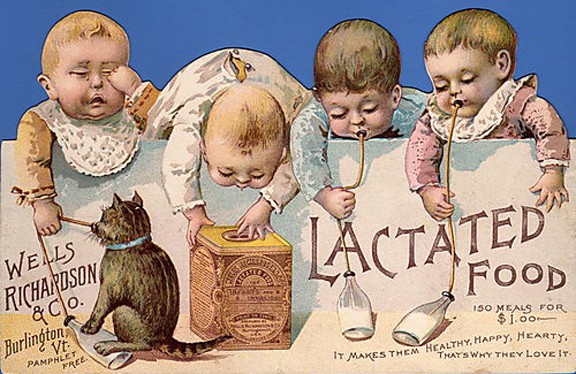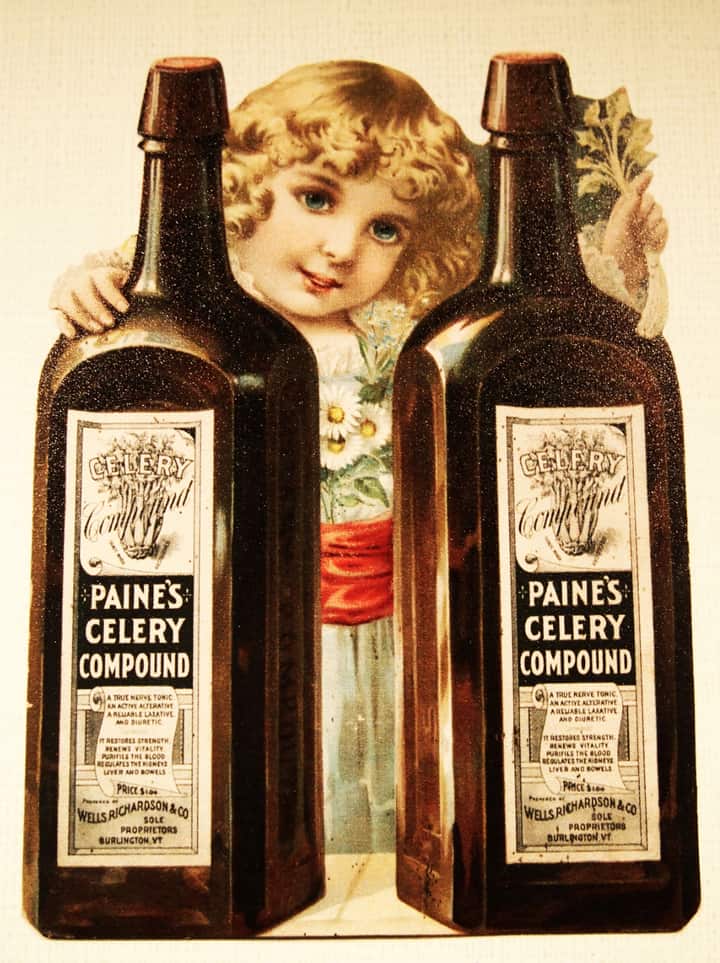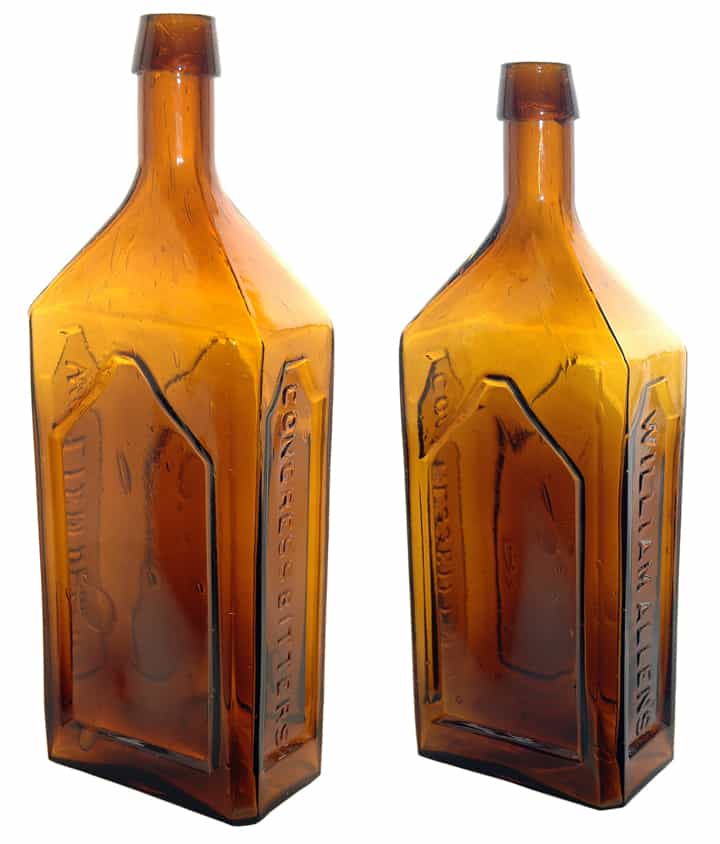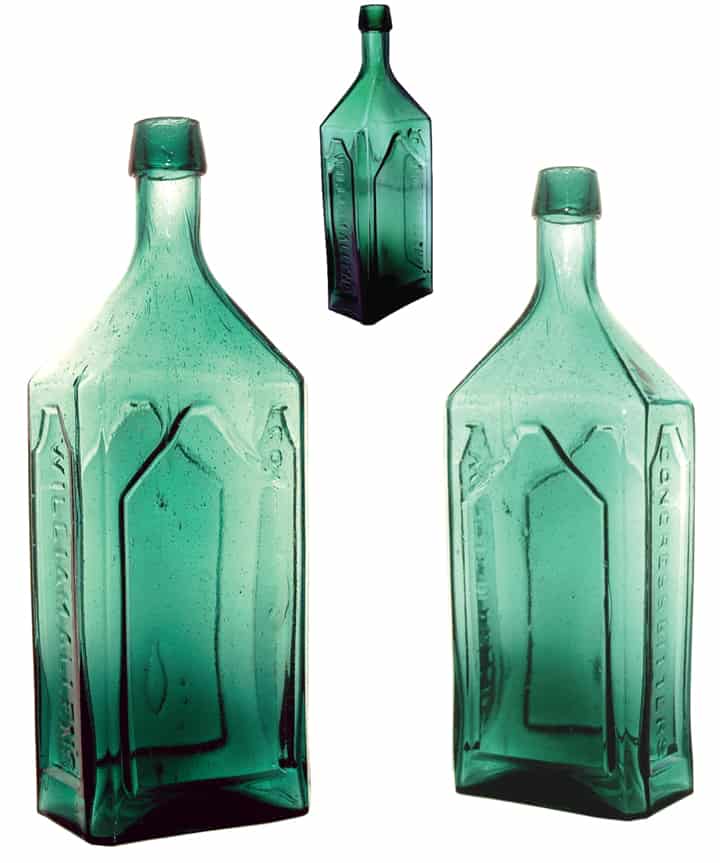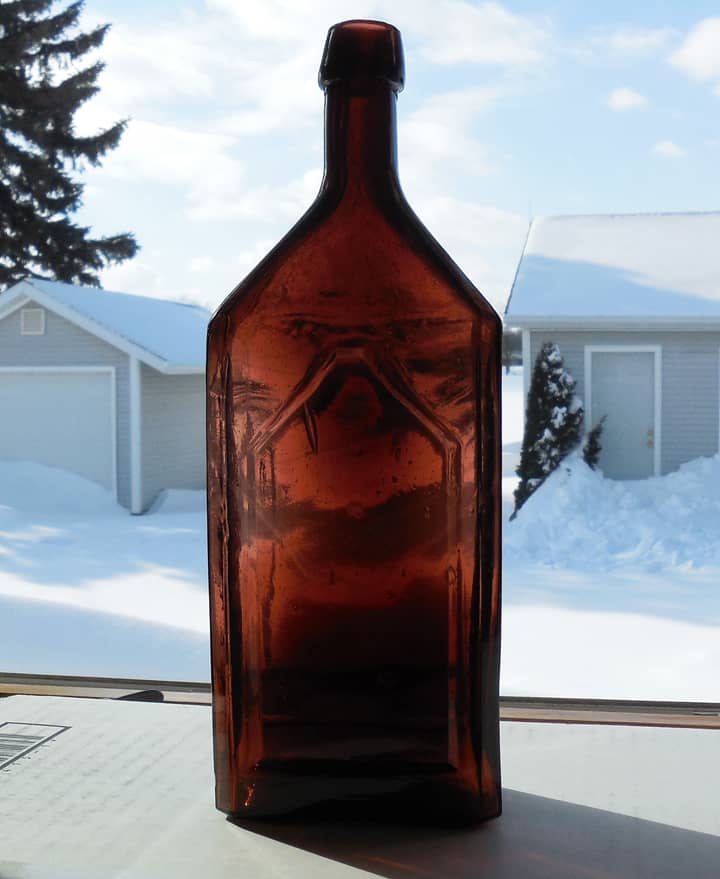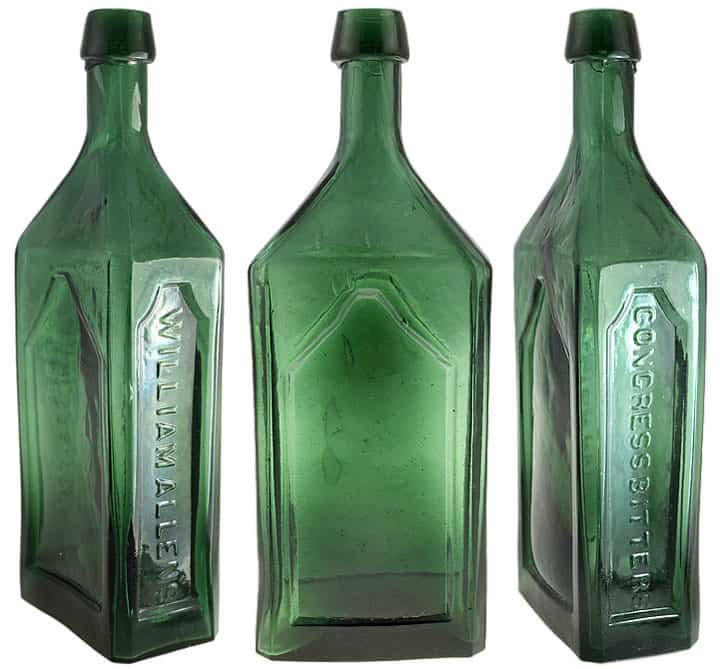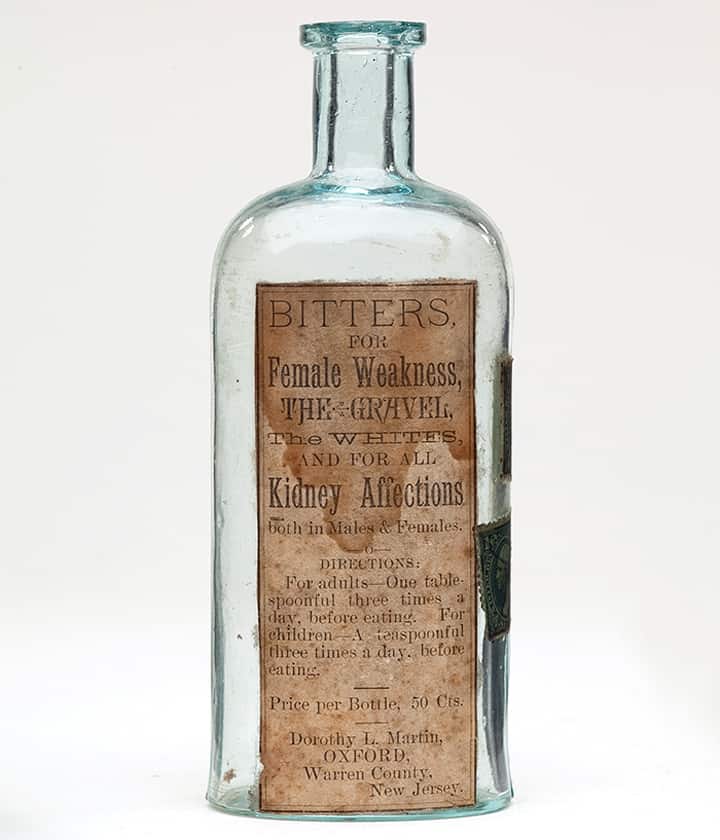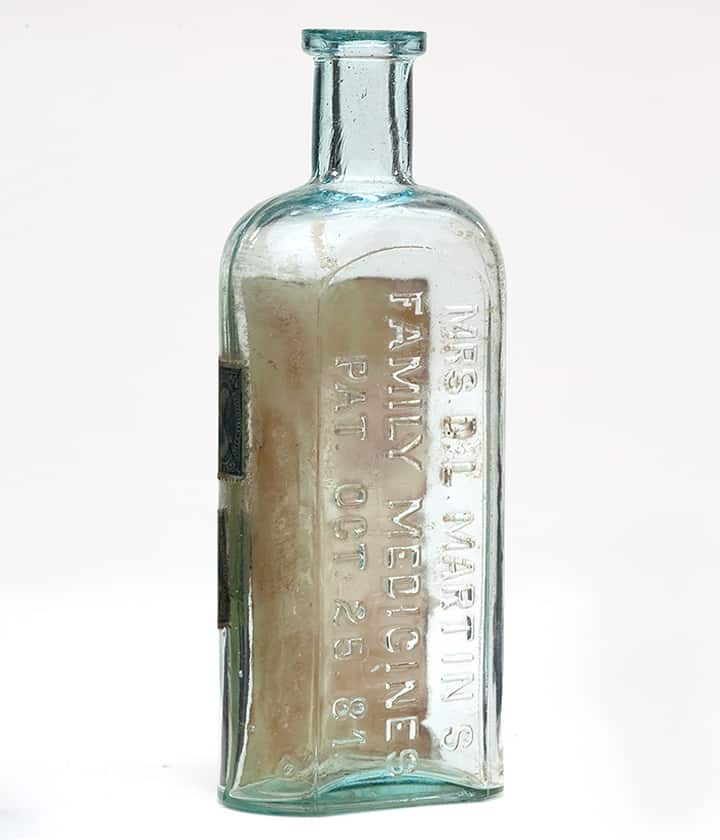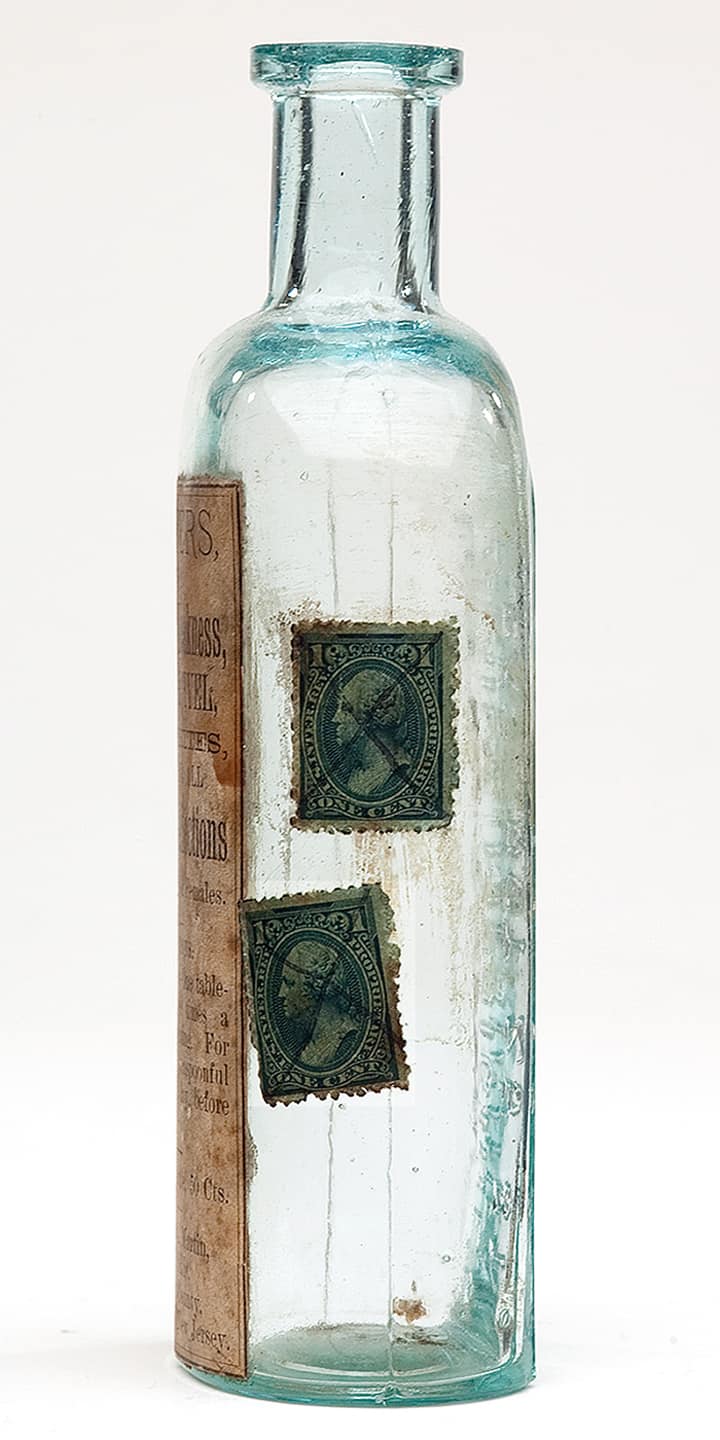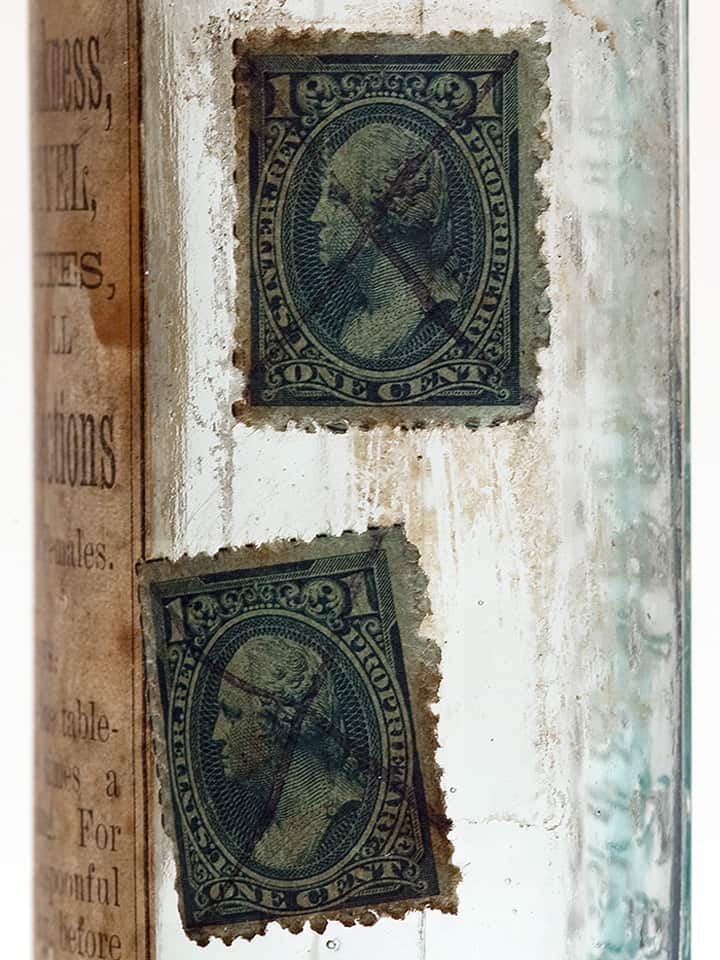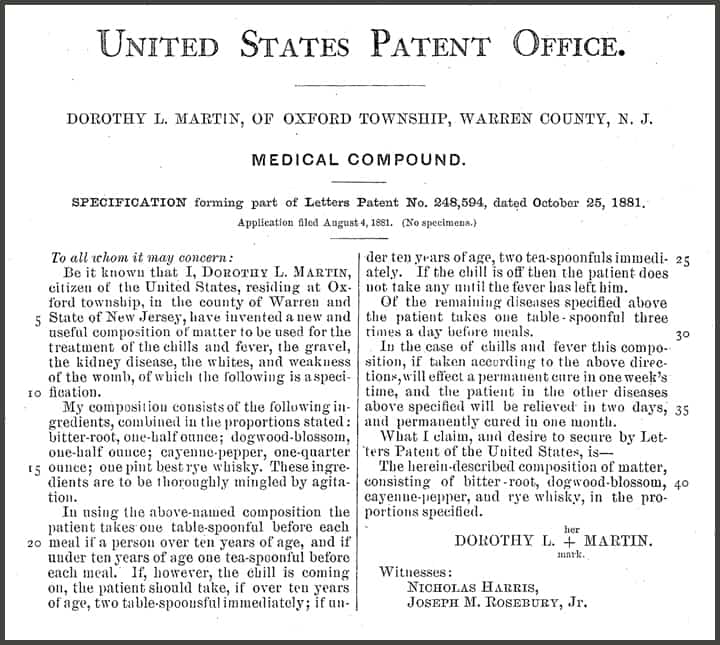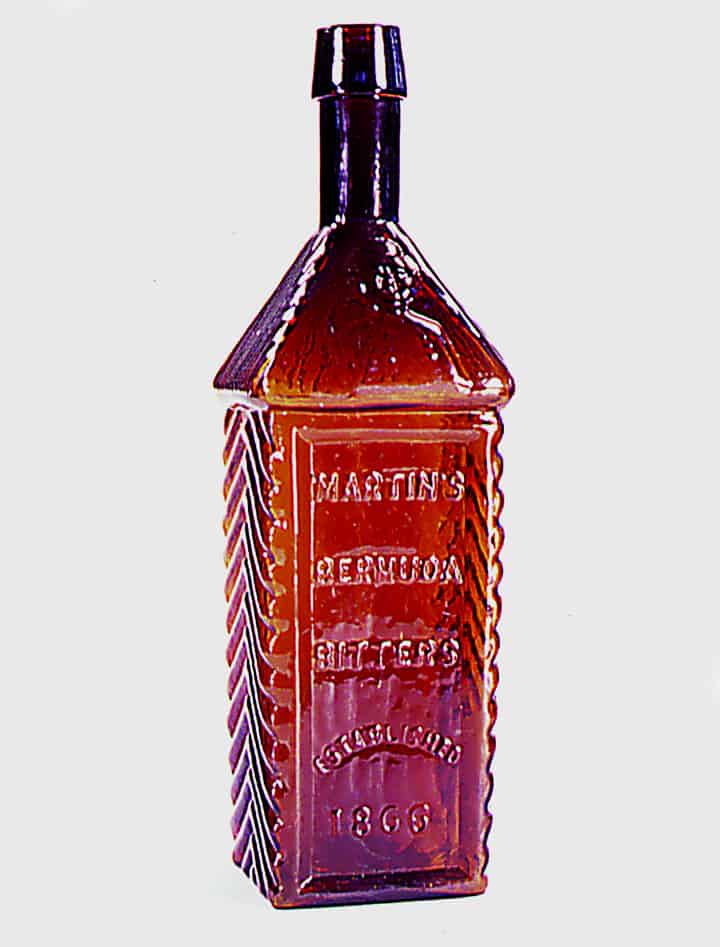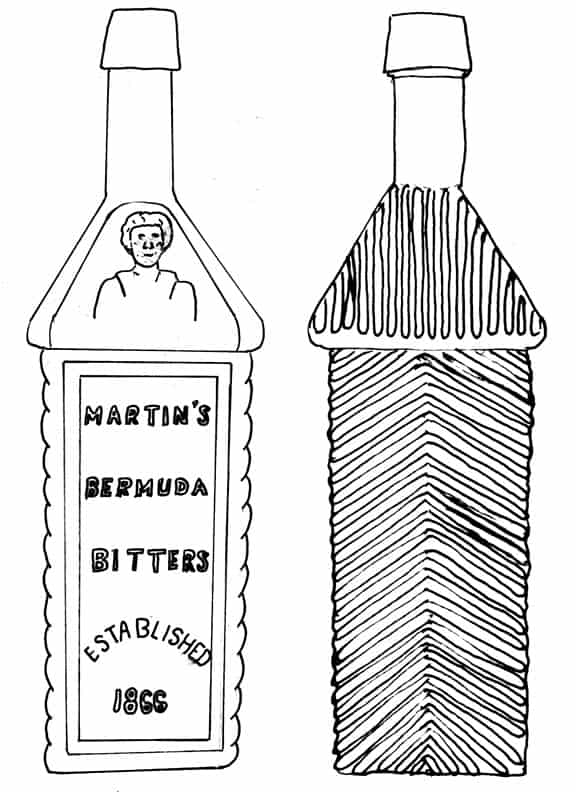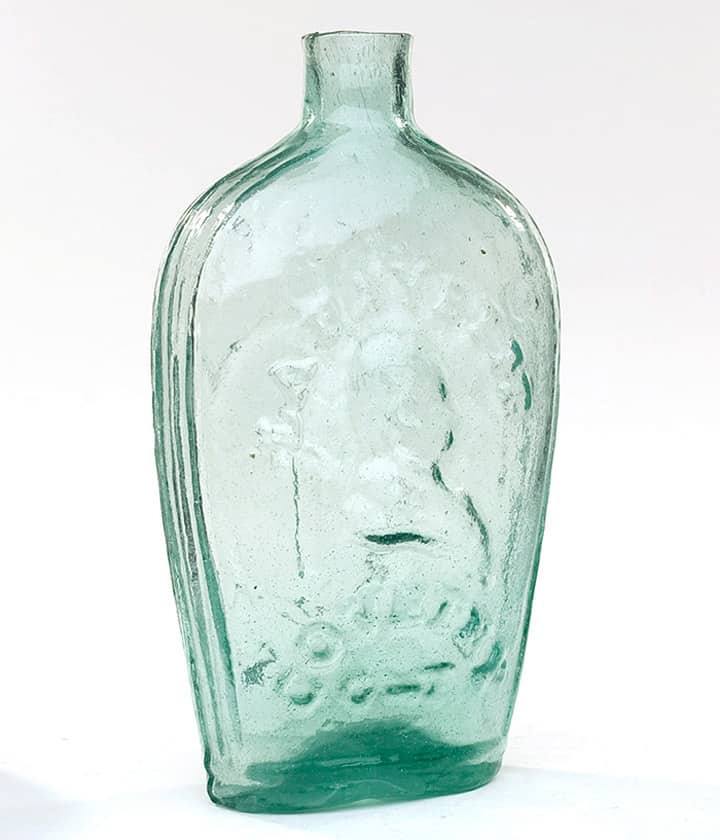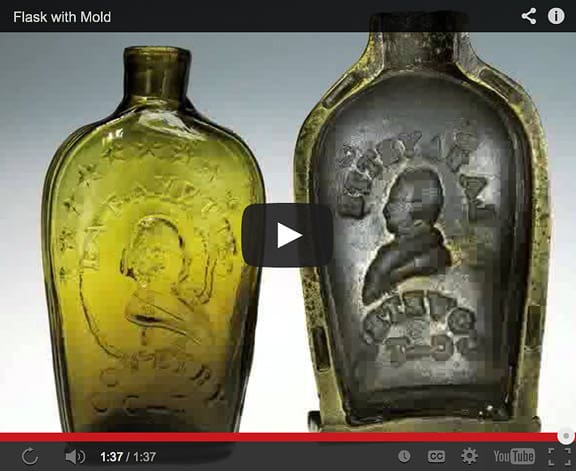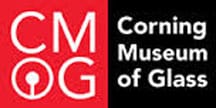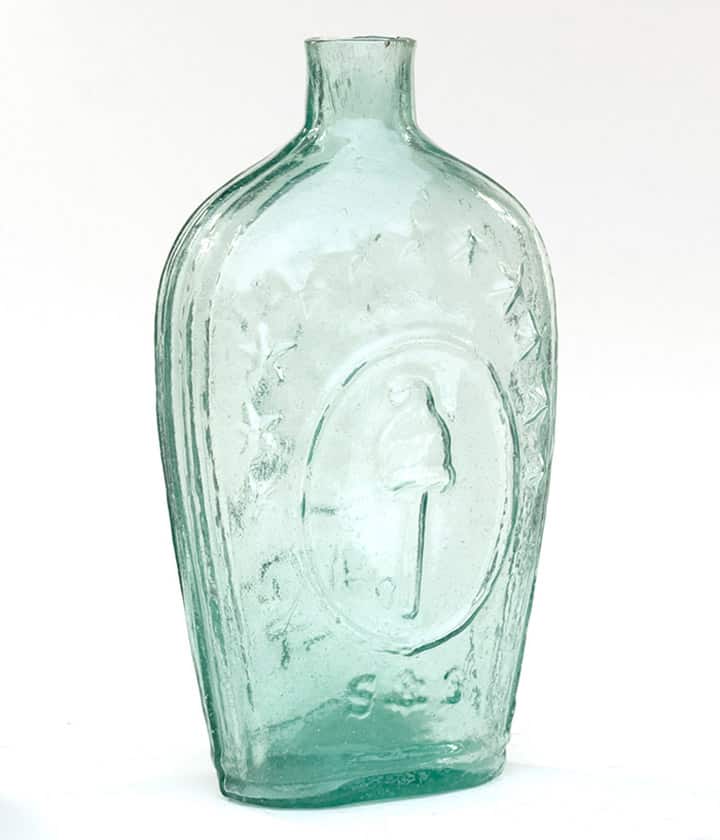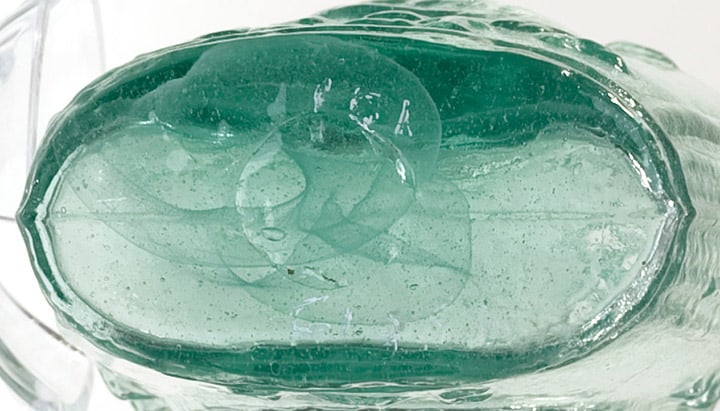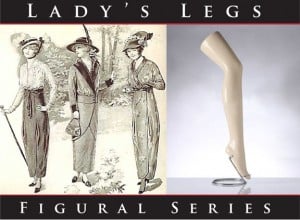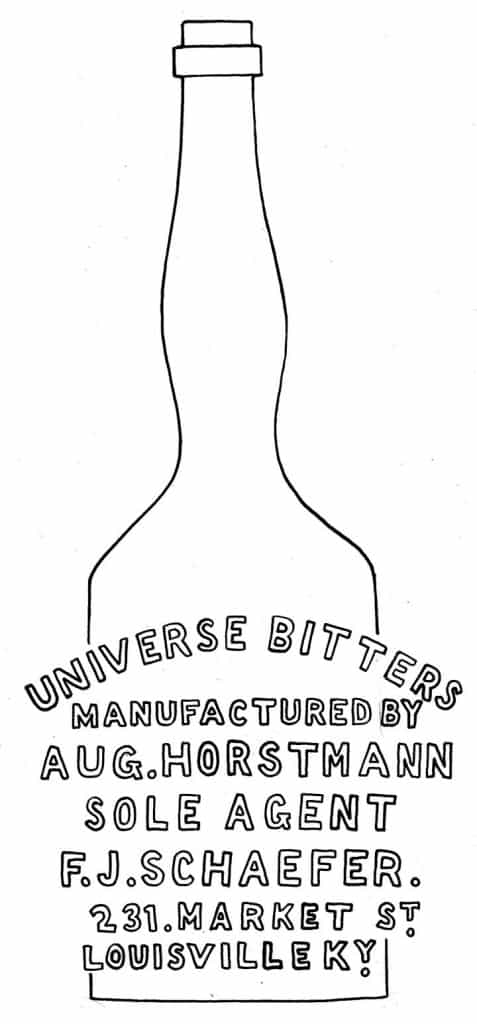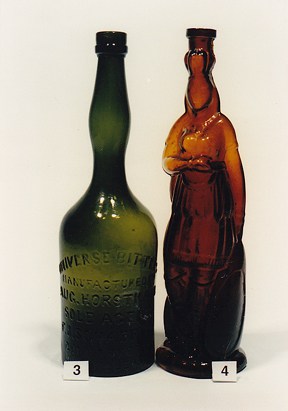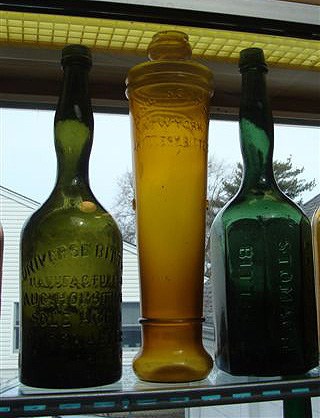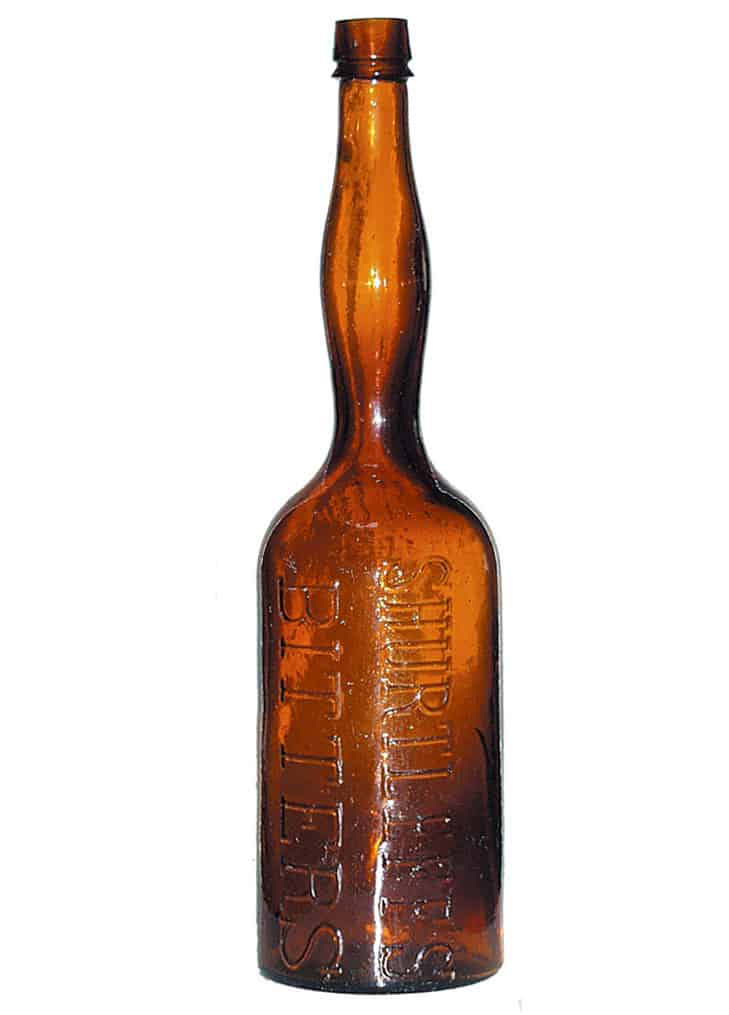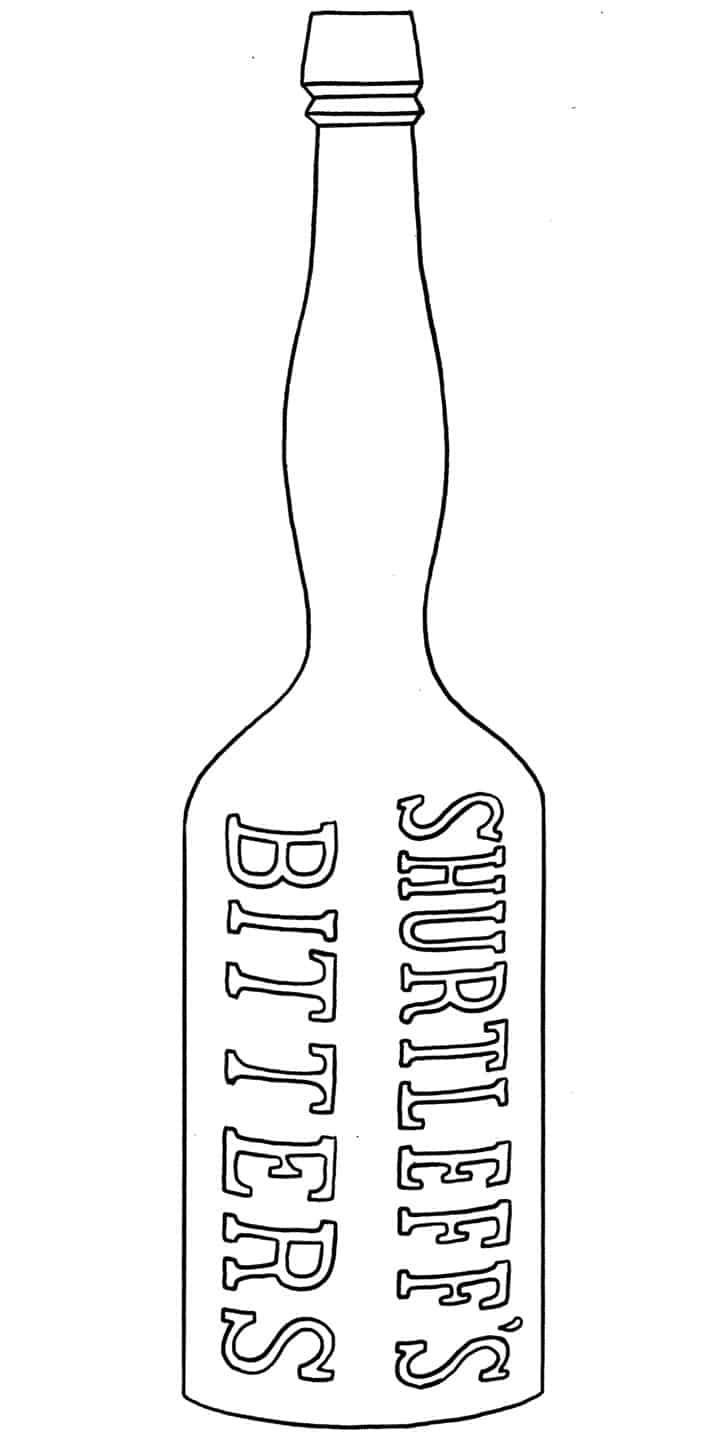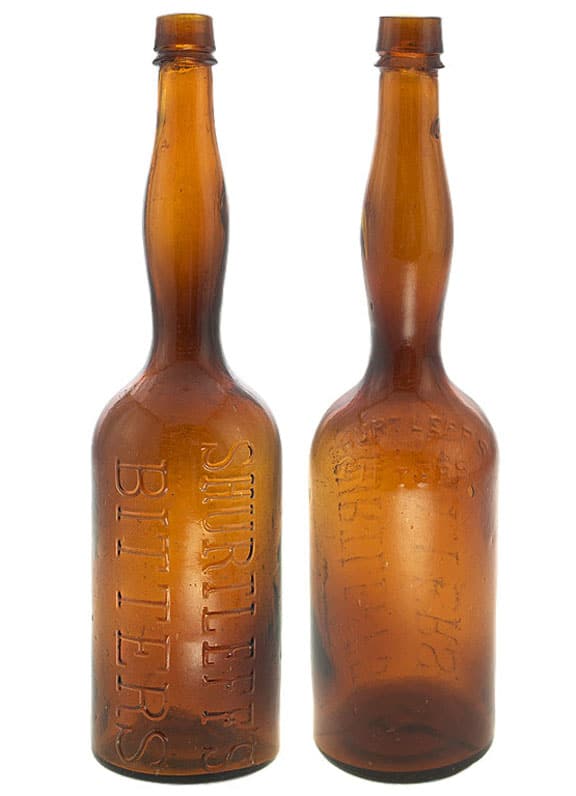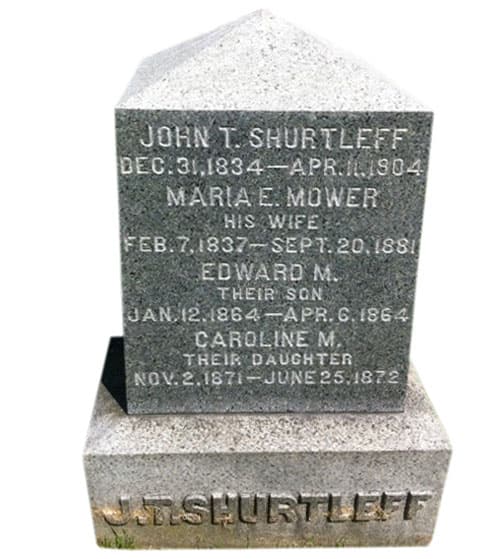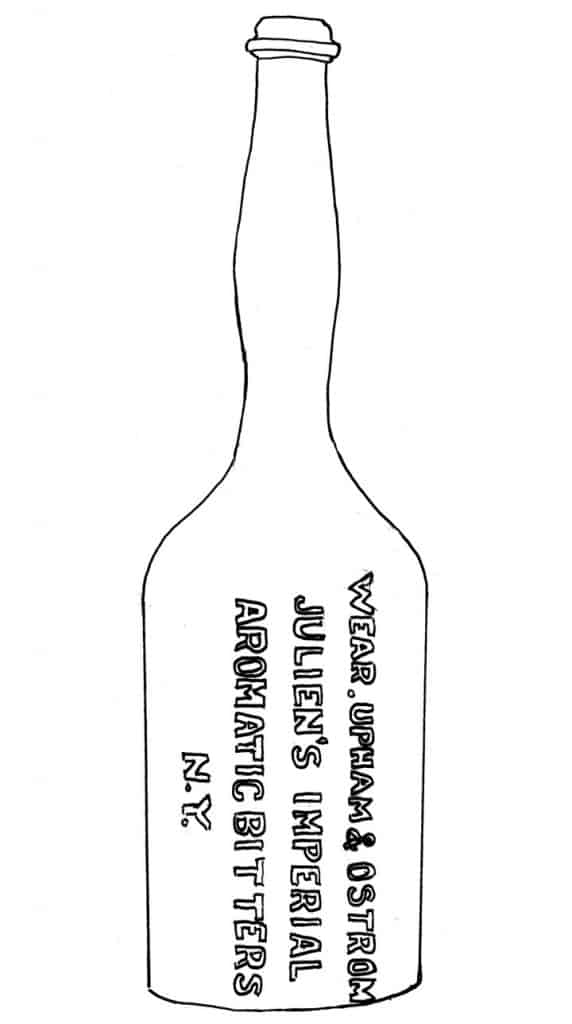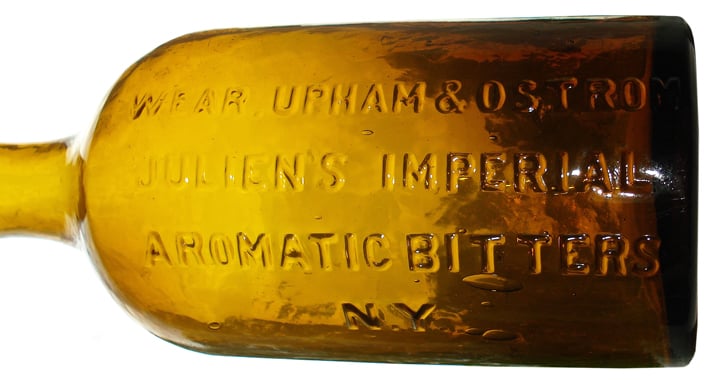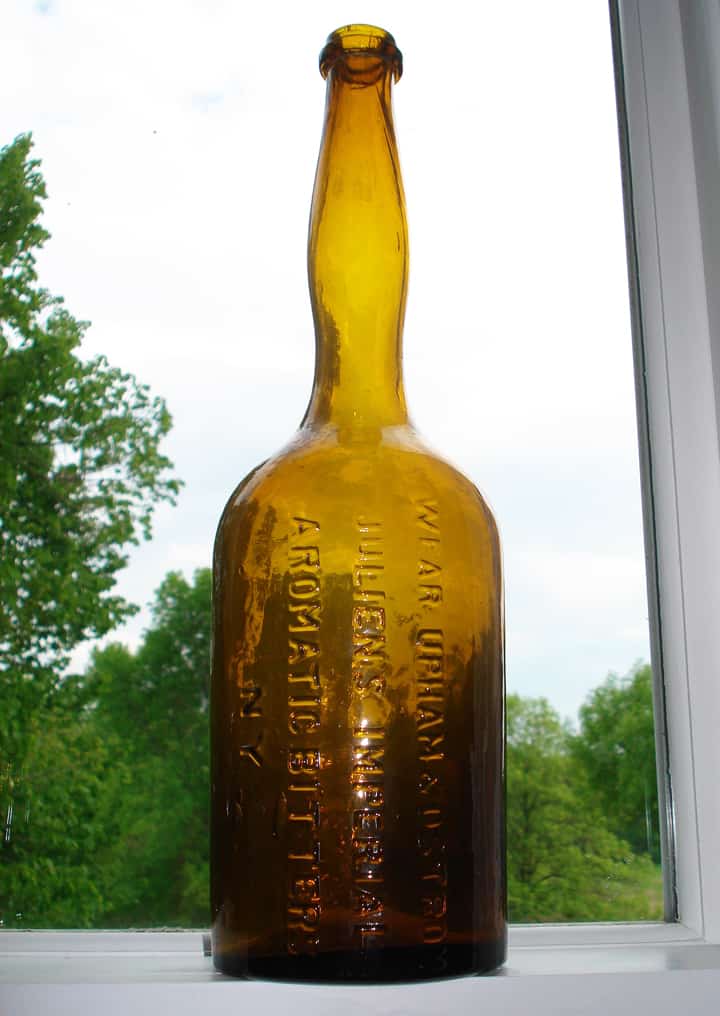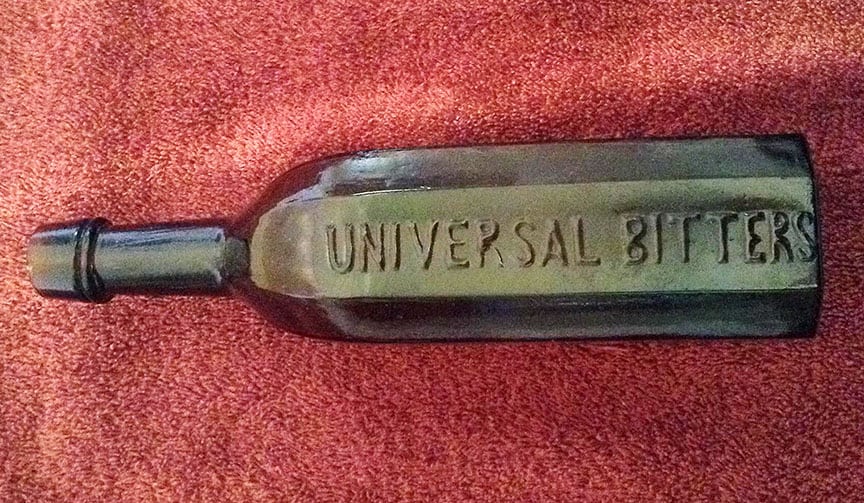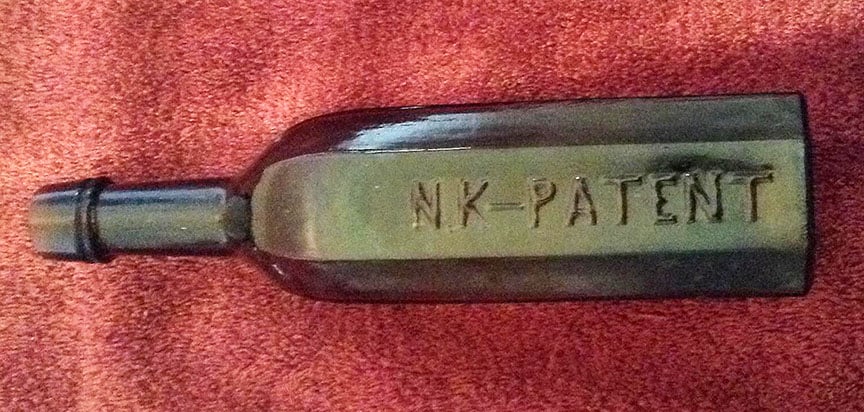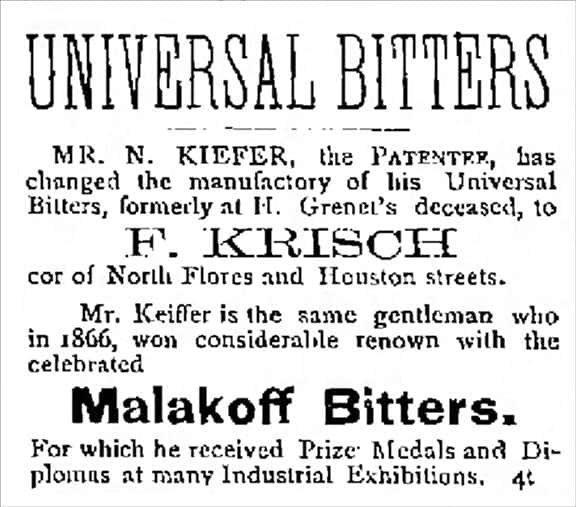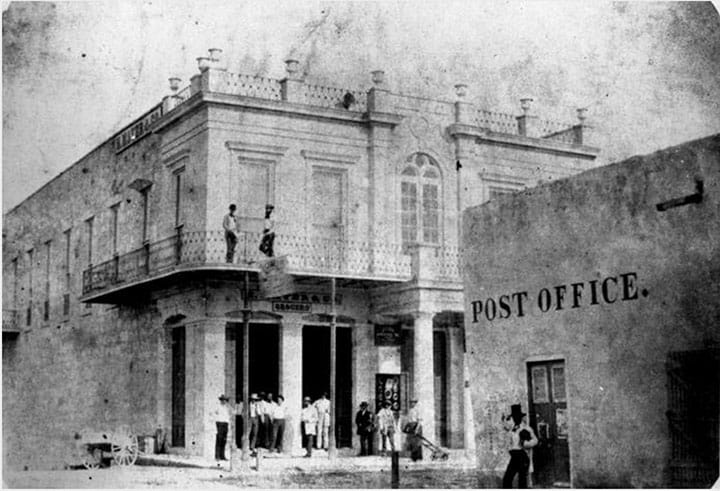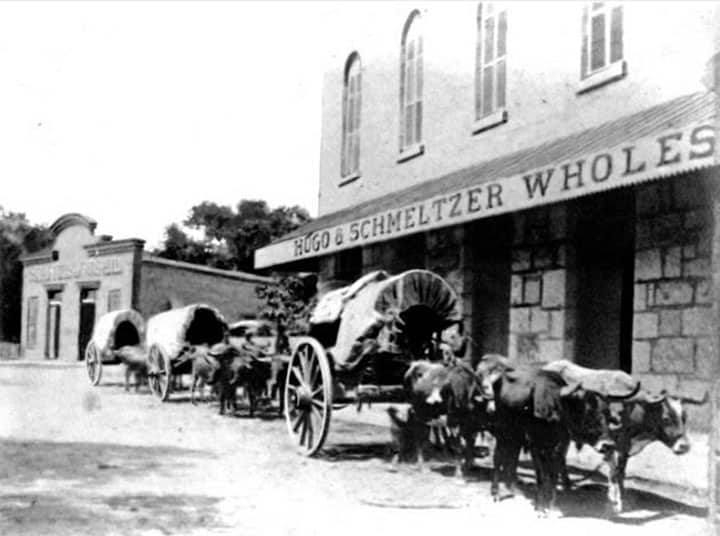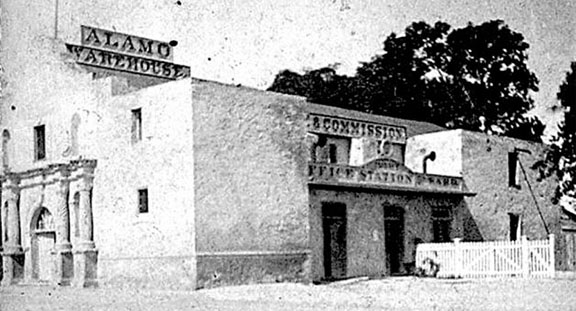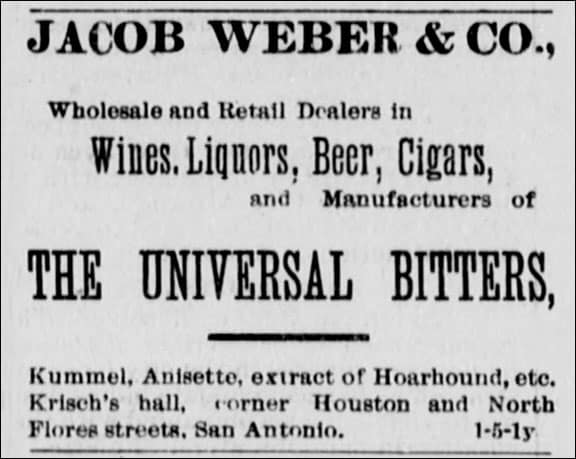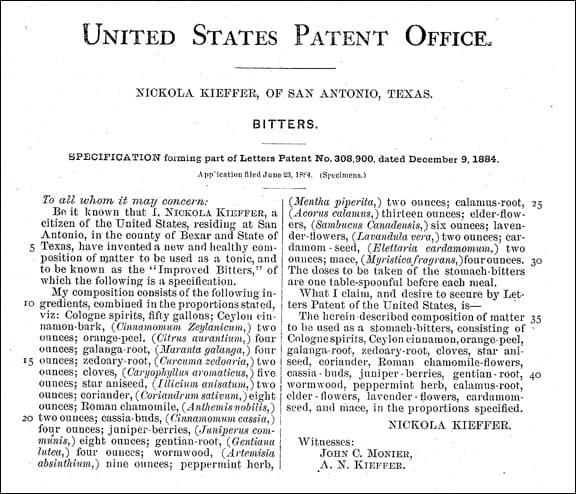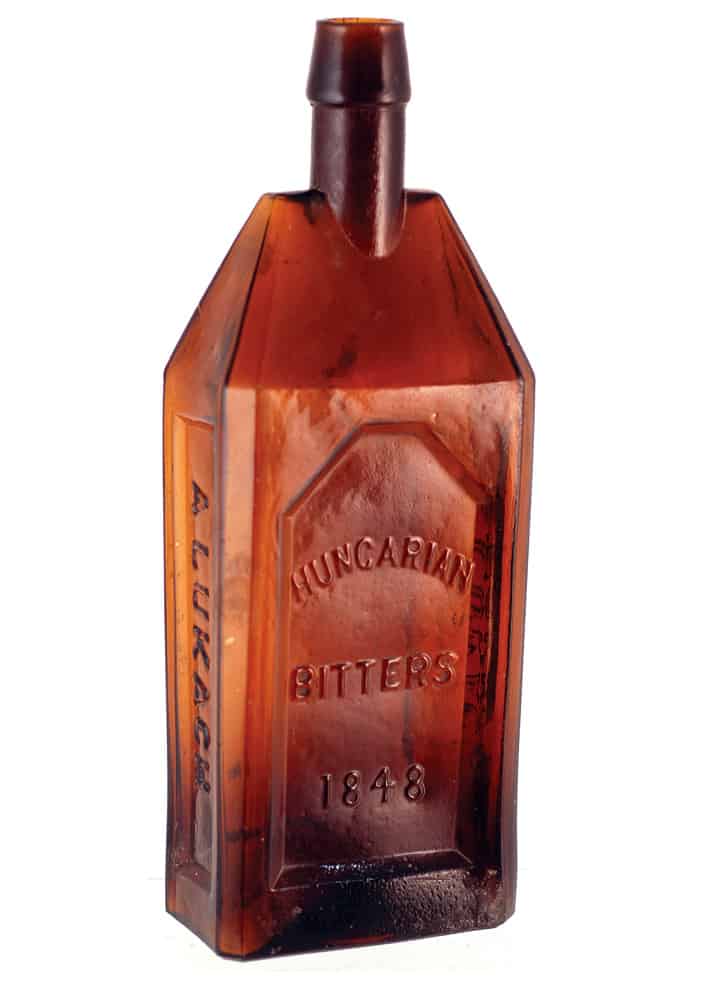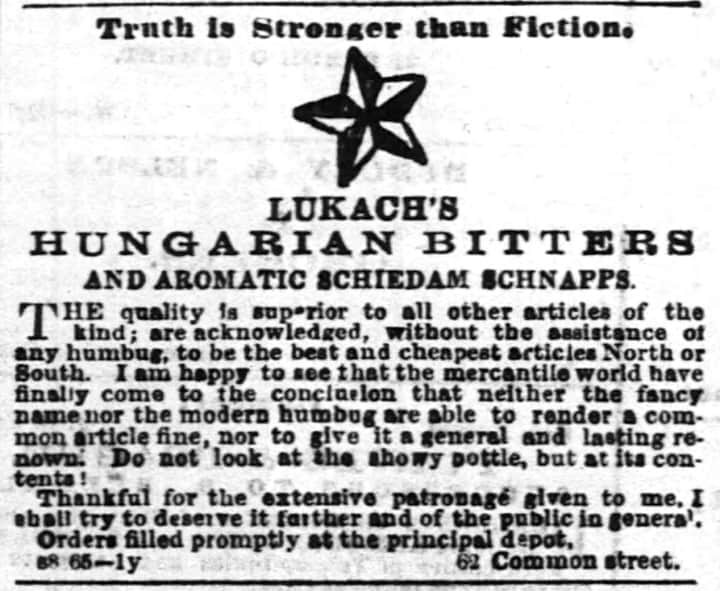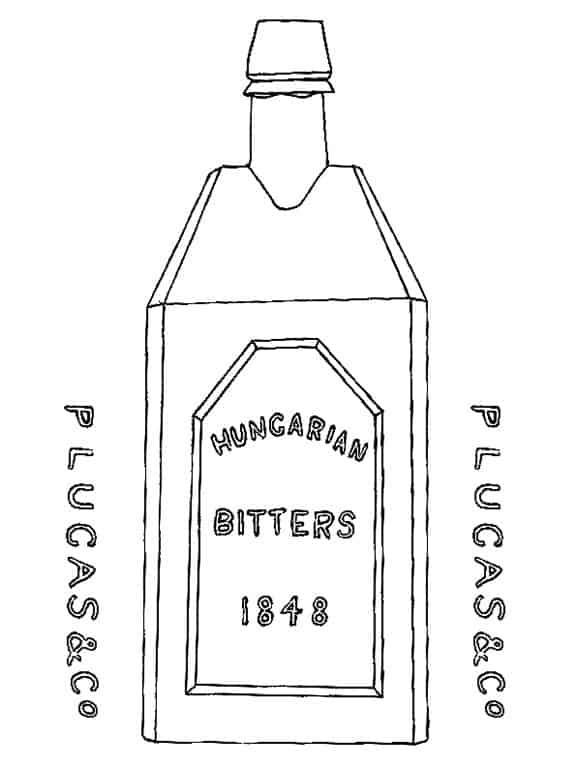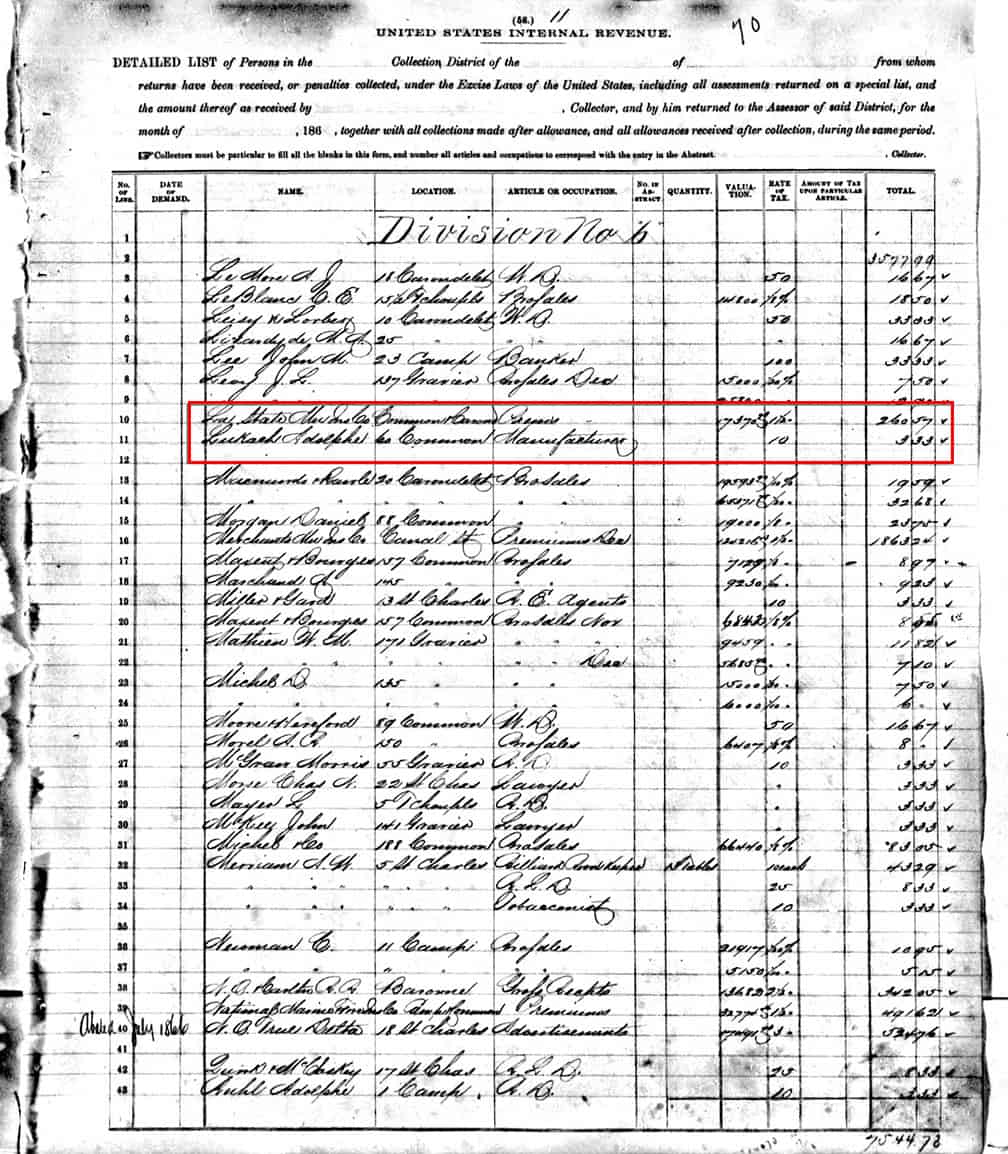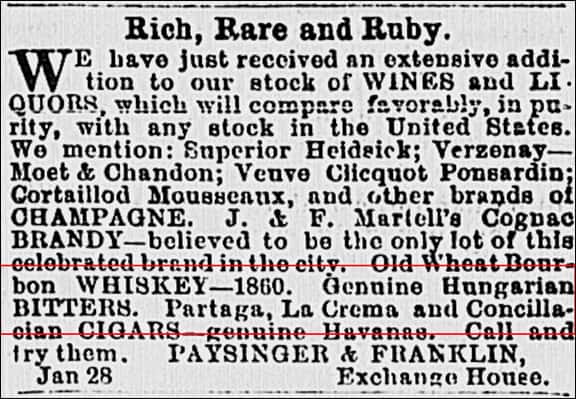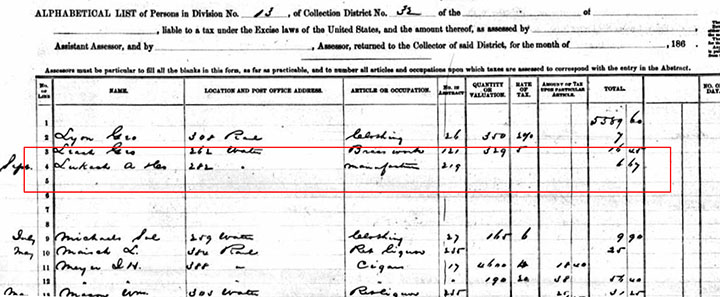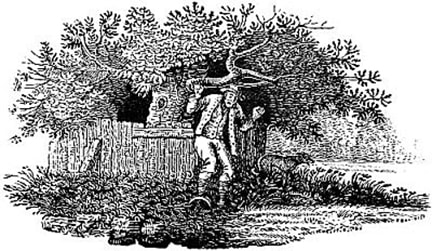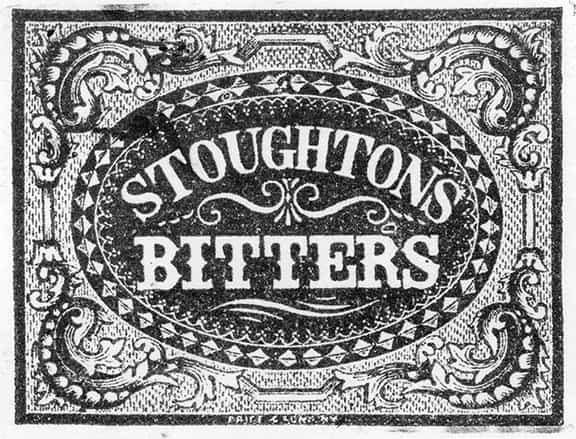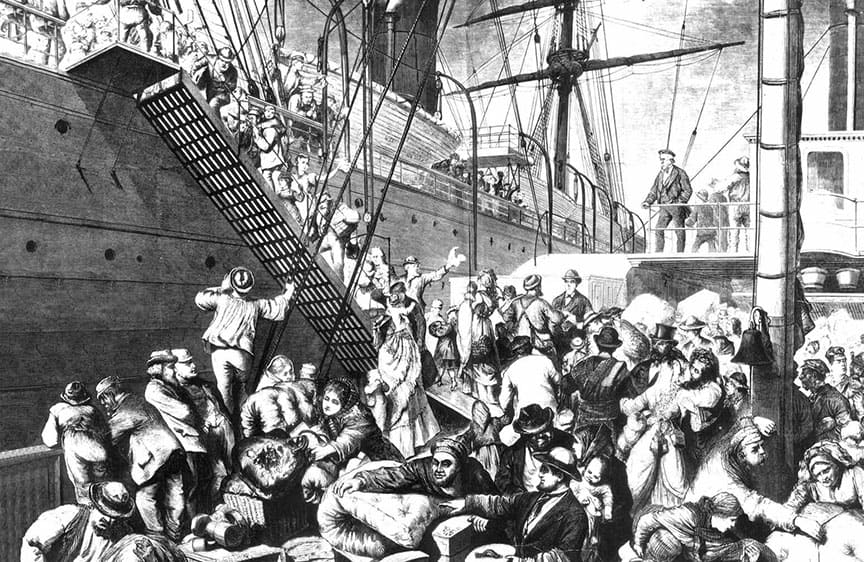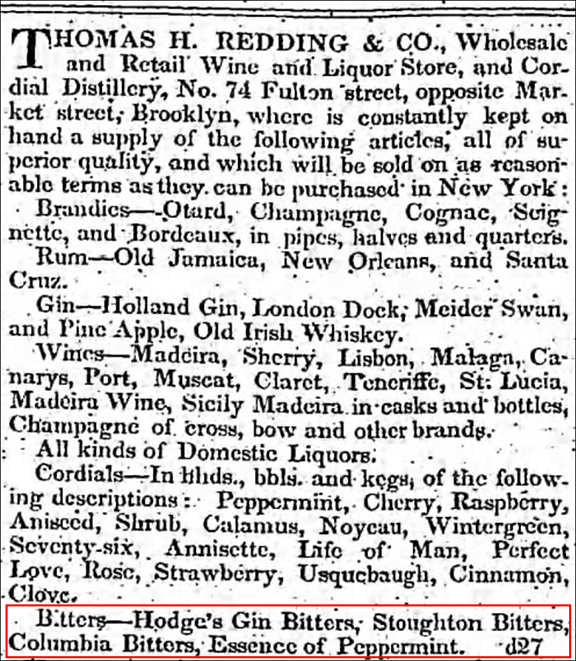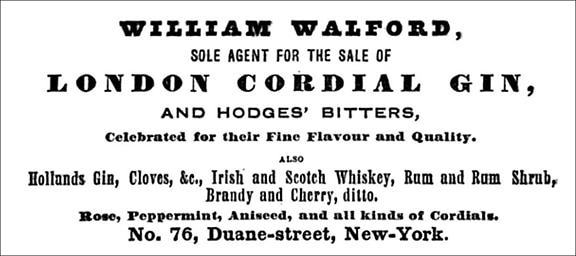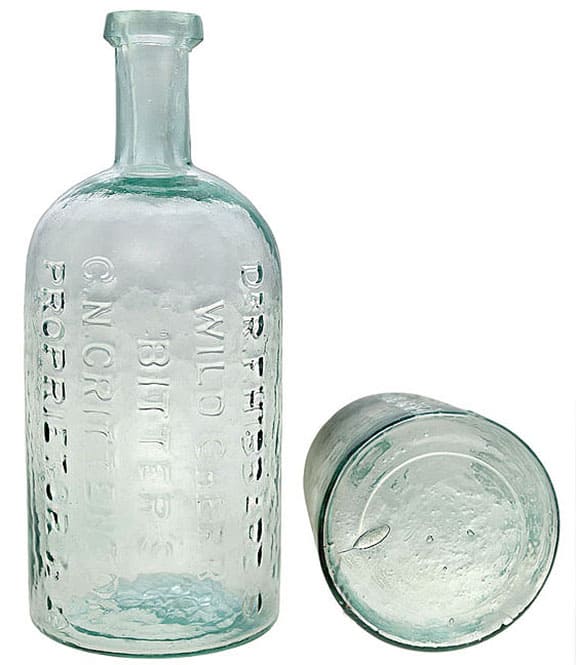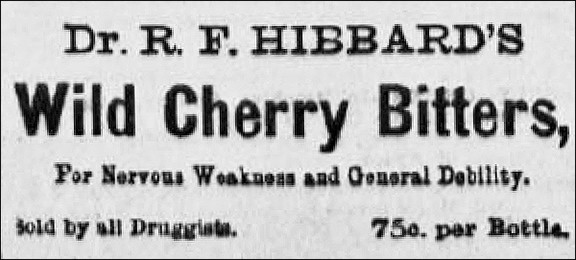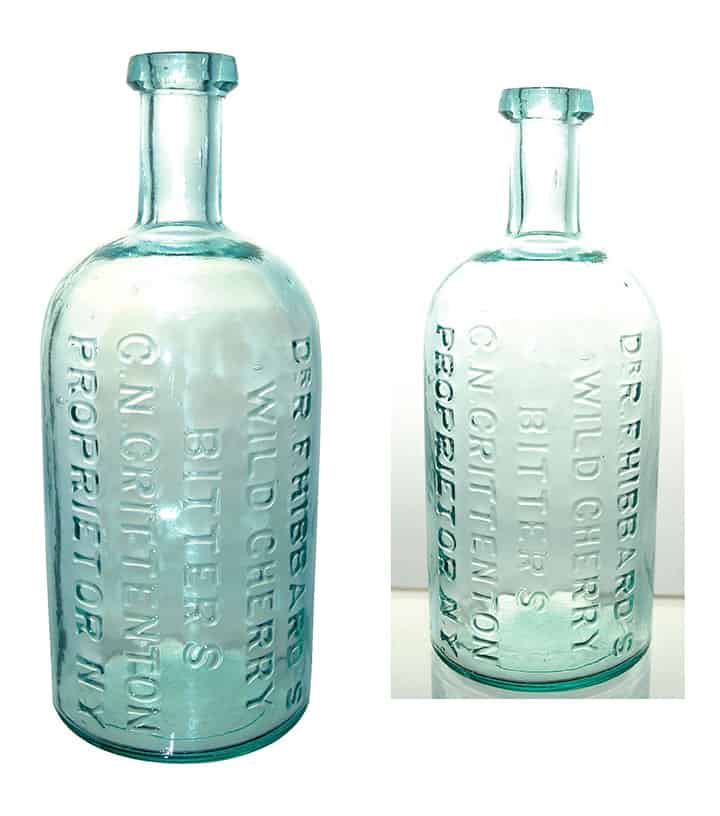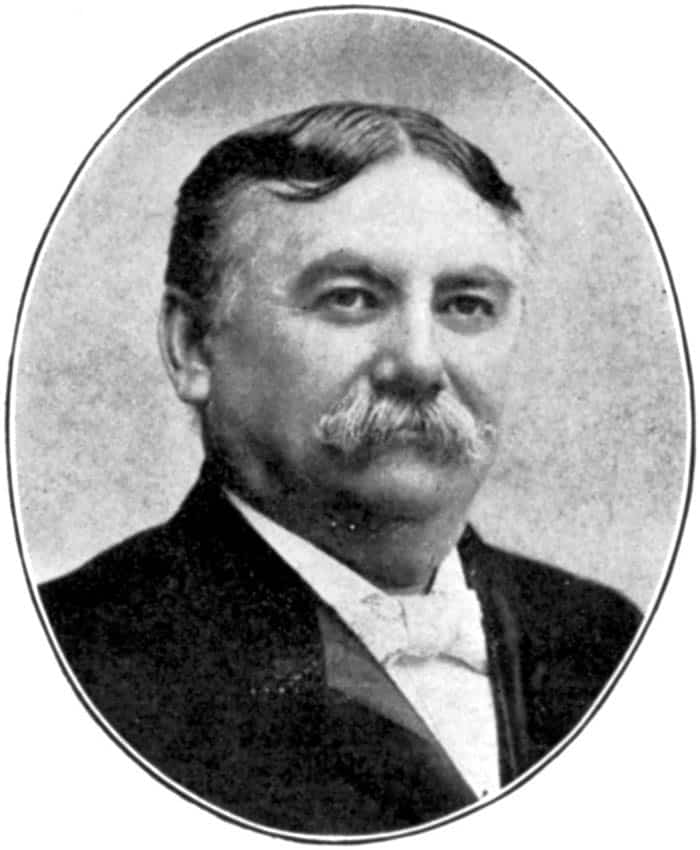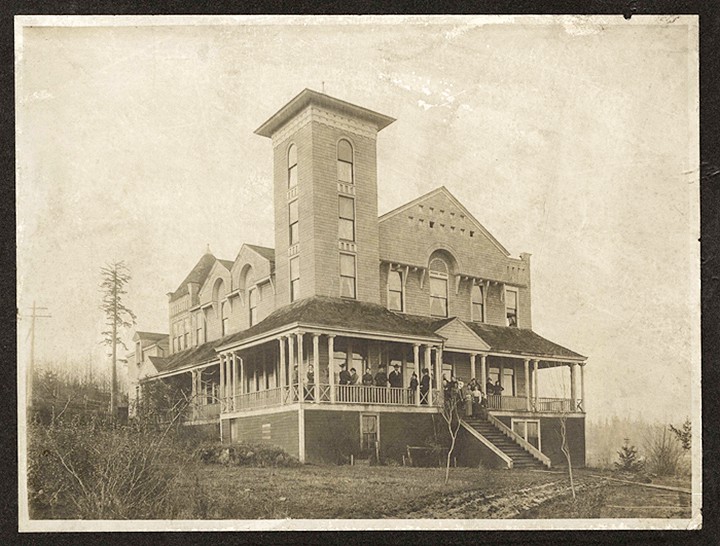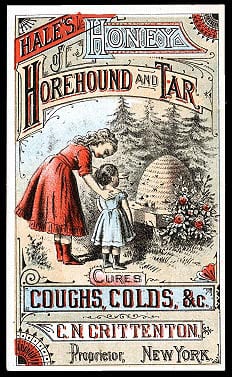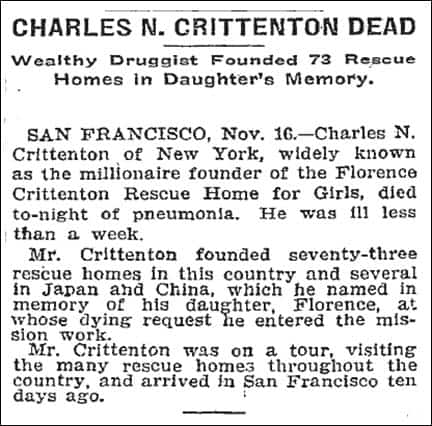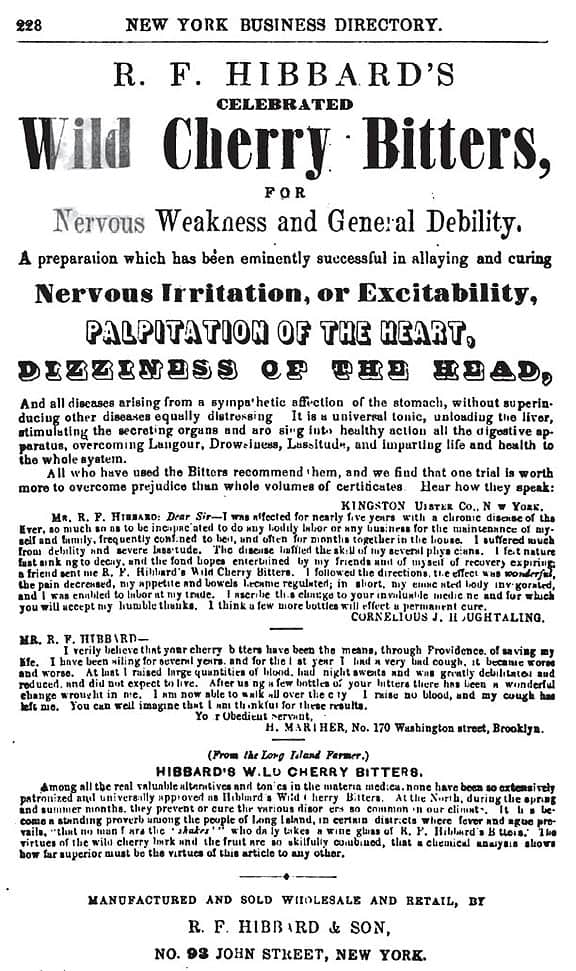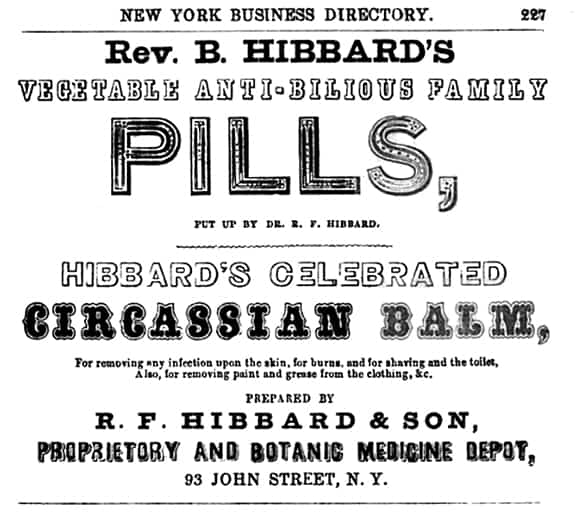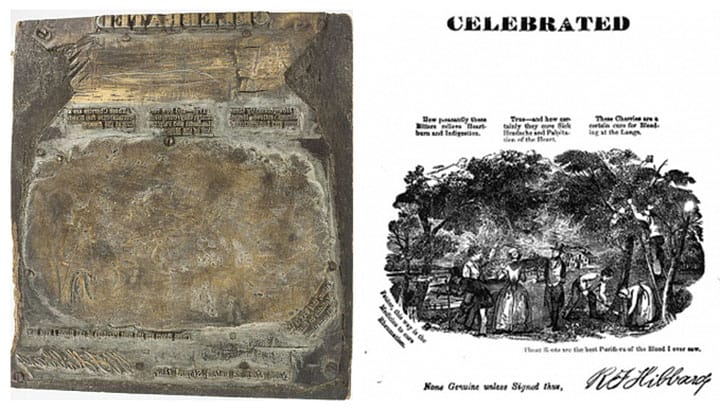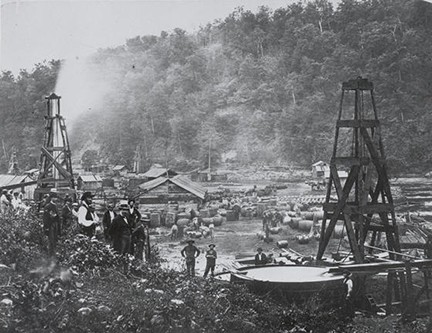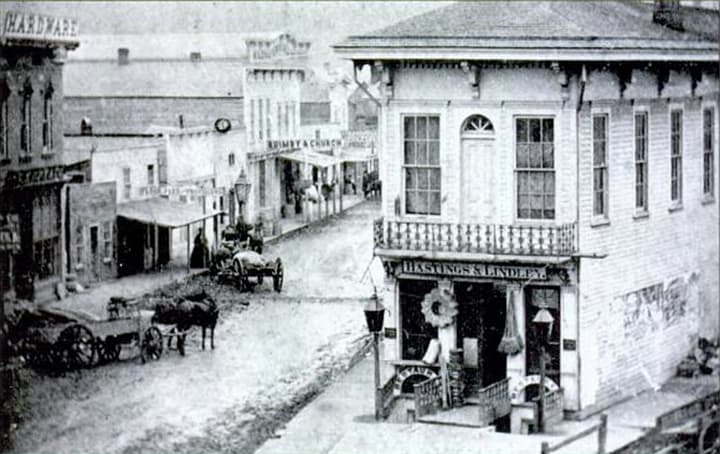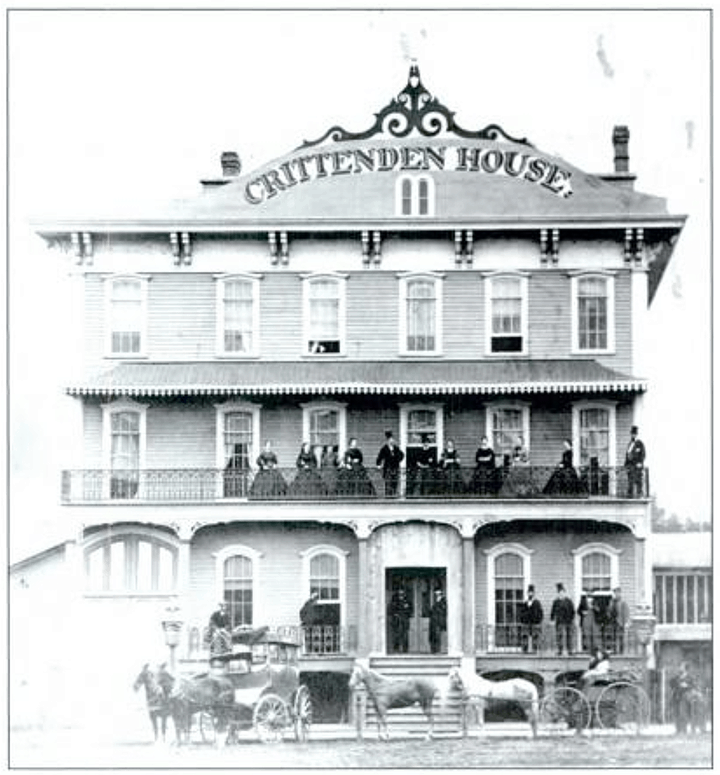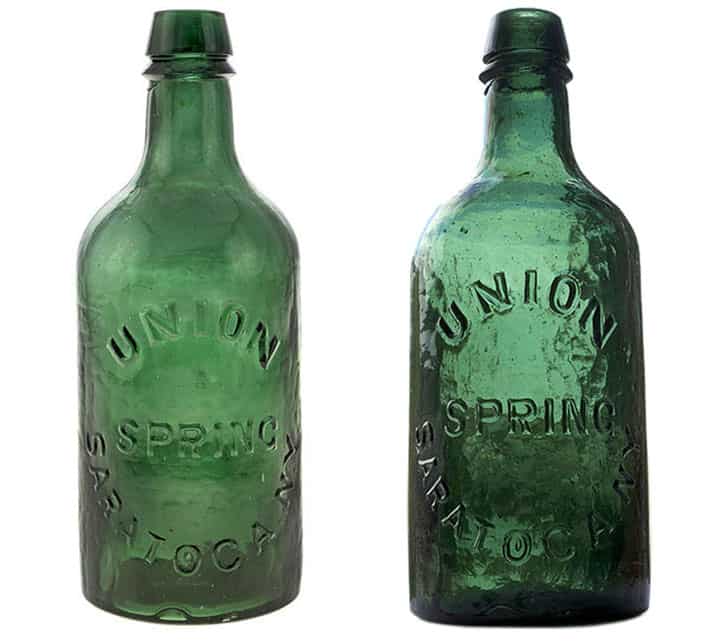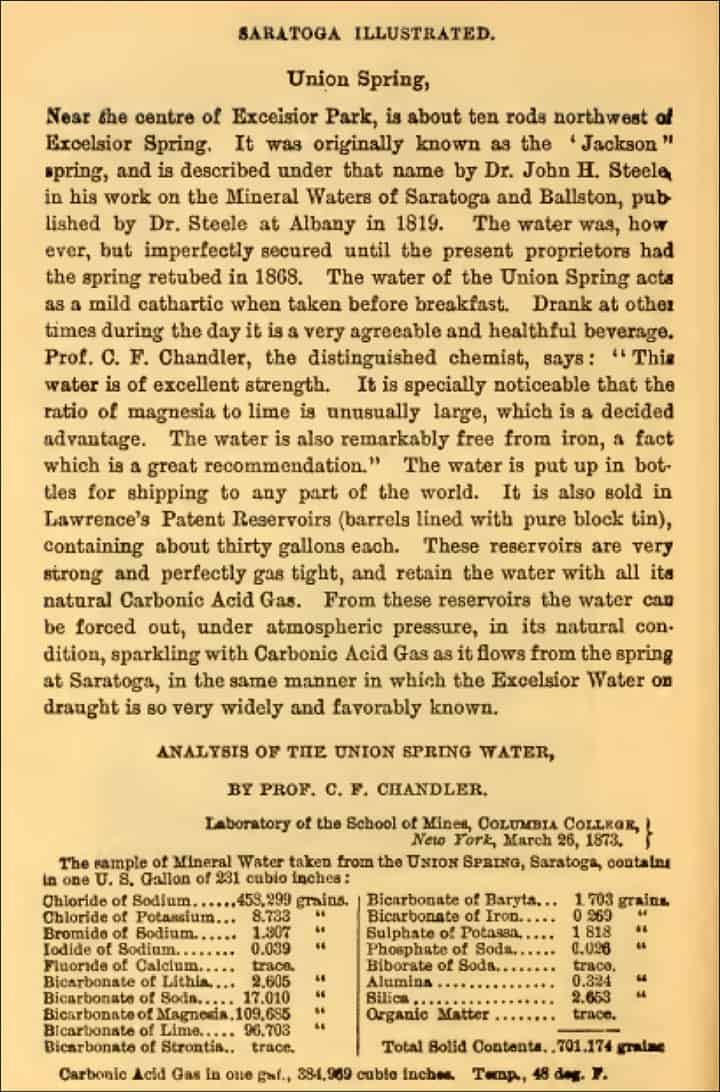![C20_CaliforniaHerbside]()
The California Herb Bitters from Pittsburgh
18 May 2014
![Apple-Touch-IconA]() Here is an extremely rare, bitters square with a phenomenal form and name. When I say rare, I mean like “only known example”. The California Herb Bitters is from Pittsburgh and has G. W. Frazier embossed on one panel. In a way, it reminds me of the California Bitters that was manufactured by J. G. Frisch in San Francisco. Also an only known example though there is a partial, reconstructed example that also exists. Such great bottles.
Here is an extremely rare, bitters square with a phenomenal form and name. When I say rare, I mean like “only known example”. The California Herb Bitters is from Pittsburgh and has G. W. Frazier embossed on one panel. In a way, it reminds me of the California Bitters that was manufactured by J. G. Frisch in San Francisco. Also an only known example though there is a partial, reconstructed example that also exists. Such great bottles.
![FancyGentSeriesArt]()
The California Herb Bitters is a “Fancy Square” and will be linked back to that series on Peachridge. The California Herb Bitters is pictured in Carlyn Ring and Bill Ham’s Bitters Bottles Supplement and is ex John Feldmann. A little bird told me that the bottle came from a private collection in California and then went into another California collection prior to being sent to Glass Works Auctions in 2000. At that point the bottle went to the great John Feldmann collection in New York. Most recently the bottle was auctioned again by Glass Works Auctions and the bottle now sits in Houston. The Glass Works write-up is as follows:
“G.W. FRAZIER – CALIFORNIA / HERB BITTERS – PITTSBURGH, PA.”, (C-20), Pennsylvania, ca. 1865 – 1875, yellowish amber semi-cabin, 9 3/8”h, smooth base, applied mouth, about perfect (two tiny open surface bubbles). We auctioned this bottle in the year 2000. At that time it was considered to be unique, we believe it still is today.
![C20_CaliforniaHerb]()
California Herb Bitters – Meyer Collection (Bitters Bottles Supplement photograph)
![CaliforniaHerbBitters_Meyer]()
California Herb Bitters – Meyer Collection (Glass Works Auctions photograph)
The Carlyn Ring and Bill Ham listing in Bitters Bottles Supplement is as follows:
C 20 CALIFORNIA HERB BITTERS
CALIFORNIA HERB / BITTERS // PITTSBURGH PA // sp // G. W. FRAZIER //
9 1/4 x 3 x 2 5/8 (7)
Amber, Rectangular and rounded inset corners, LTC, Applied mouth, 4 sp
Extremely rare
![C 20Drawing]()
This is one bear of a bottle to figure out. The first clue I work with is from the book Pittsburg and Allegheny in the Centennial Year 1876. A listing reads, “California Herb Bitters is another distinctive proprietary medicine prepared by J. J. Speck & Co. This compound was established in 1868 by Dierker & Speck, and at present the firm uses 35,000 bottles putting up the preparation and some three tons of certain California herbs.” Wow, 35,000 bottles and only one surviving example?
OK, so they say that the California Herb Bitters got its start in 1868 by the wholesale liquor dealers, Dierker & Speck in Pittsburgh. That’s great, but how did G. W. Frazier get his name on the bottle? There is an important G. W. Frazier in Pittsburgh with Frazier Brothers who were in to timber and building towns. I doubt it was this guy.
The next clue comes by looking at regional advertising, which I only find in 1871, and seeing things like, “Millions Bear Testimony to their Wonderful Curative Effects, Dr. Frazier’s California Herb Bitters”. Now we may have a doctor that Dierker and Speck used to give their concoction some marketing punch. Something or another leads me to Cleveland, Ohio where I do find a George W. Frazier who was in to patent medicines. I suspect this is the guy. Cleveland it not too far from Pittsburgh. I just can not make a definitive connection. Maybe, Dierker and Speck meet up with Frazier in 1867 or so, and they work out a deal to buy the brand and sell the concoction from Frazier. They retain Frazier’s name and go on and sell it up until 1876 or so. Maybe for one year the bottle is embossed “Frazier”, say 1871, and thereafter, Jacob J. Speck drops the Frazier name and sells a labeled only, California Herb Bitters. Frazier still has the ‘itch’ so he makes up a Fraziers Root Bitters. There were quite a few advertisements for this bitters between 1874 and 1882. Jury’s still out on this one.
Some Potentially Important Listings
1852: Dierker, Henry, (probably John Henry Dierker) barkeeper, Cherry ay - Woodward & Rowlands’ Pittsburgh Directory
1856: The first regular drug store in the county was established by C. T. Frazer (not Frazier) in April, 1856, at the corner of Main and Franklin streets. Prior to that time drugs were kept in connection with such commodities as books, stationery and groceries. In those days the physicians kept their own drugs, and for some time after Colonel Frazer began the prescription trade was limited. It is also true that when he started the exclusive drug store on the corner of Main and Franklin streets it was out of the business district, the center of trade being on Clinton. He tried to get a room there, but it was out of the question, and he was forced to go to the other corner at an annual rental of $125. It is now the business center of a district of 100,000 people. – History of Cambria County, 1907
1857-58: Dierker, J.H. & Bro., (John Henry Dierker) liquor dealers, 498 Penn - Directory of Pittsburgh & vicinity
1861: George H. Dierker, wholesale liquor merchant, 496 Penn - Pittsburgh City Directory
1862: George H. Dierker, liquor merchant, E. H. Dierker, salesman, 496 Penn - Pittsburgh City Directory
1862: Jacob J. Speck, bar keeper, corner Smithfield and Virgin ay - Pittsburgh City Directory
1863: G. H. Dierker & Bro., (George H. Dierker, prother probably John H. Dierker), liquor dealers, 496 Penn, E. H. Dierker, clerk, 526 Penn - Pittsburgh City Directory
1864-65: Dierker, Aberhard, of G. H. Dierker & Bro. 471 Penn, Dierker, G. H. & Bro., grocers & liquor dealers, 496 Penn, Dierker, Henry of G. H. Dierker & Bro., 496 Penn - Directory of Pittsburgh and Allegheny cities
1865: John H. Dierker, liquor store, 488 Penn - Pittsburgh City Directory
1867: Dierker & Speck, Liquors, 63 Smithfield - Pittsburgh Almanac & Business Directory
1867-69: Dierker & Speck, wholesale liquor merchants (J. H. Dierker and Jacob J. Speck), 63 Smithfield - Pittsburgh City Directory
1870: Speck & Morrow, wholesale liquors, 63 Smithfield - Pittsburgh City Directory
1871: Dr. Frazier’s California Herb Bitters advertisement (see below) - The Cambria Freeman (Ebensburg, PA), August 10, 1871
![Fraziers1871Ad]()
Dr. Frazier’s California Herb Bitters advertisement - The Cambria Freeman (Ebensburg, PA), August 10, 1871
1871: Dr. Frazier’s California Herb Bitters advertisement (see below) – The Wheeling (VA) Daily Intelligencer, July 29, 1871, 591 St. Class
![CaliHerbBittersWheeling1871]()
Dr. Frazier’s California Herb Bitters advertisement - The Cambria Freeman (Ebensburg, PA), August 10, 1871
1871: George H. Dierker, saloon, 4 Main A - Pittsburgh City Directory
1874: A Sure Cure For Consumption notice (see below), George W. Frazier, 201 Ontario street, Cleveland, Ohio - Donaldsonville Chief, (Louisiana), May 30, 1874
![FrazierDonaldsonvilleChief,La053074]()
A Sure Cure For Consumption notice, George W. Frazier, 201 Ontario street, Cleveland, Ohio – Donaldsonville Chief, (Louisiana), May 30, 1874
1874: Frazier’s Root Bitters advertisement (see below), George W. Frazier, St. Clair street, Cleveland, Ohio - Omaha Daily Bee, October 19, 1874
![FrazierOmahaDailyBee101974_4]()
Frazier’s Root Bitters advertisement. Is this related? – Omaha Daily Bee, October 19, 1874
1875-76: Dierker & Thompson, Wines & Liquors, 21 Diamond - Pittsburgh & Allegheny business directory
1876: California Herb Bitters is another distinctive proprietary medicine prepared by J. J. Speck & Co. This compound was established in 1868 by Dierker & Speck, and at present the firm use 35,000 bottles putting up the preparation and some three tons of certain California herbs. ** J. J. Speck & Co., also manufacture, as a specialty, domestic cordials, in which they use 300 barrels of sugar, 11,000 bottles and produce blackberry, cherry and raspberry brandies. - Pittsburg and Allegheny in the Centennial Year, George H. Thurston, 1876
1875-76: George W. Frazier, patent medicines, 318 Erie – Cleveland, Ohio City Directory
1876: J. J. Speck & Co., Wholesale Liquor dealers, 145 Water Street, estab’d 1866 by Dierker & Speck - Pittsburgh and Allegheny in the Centennial Year by George H. Thurston, 1876
1877-78: Dierker, John H., liquors, 97 Roberts, Dierker, Wm. H., law student, 97 Roberts, Dierker, G. H., 4 Main, A. - Directory of Pittsburgh and Allegheny cities
1882: Dr. Frazier’s Root Bitters advertisement (testimonial from Cleveland) – Evening Bulletin (Maysville, Kentucky), May 15, 1882.
![FraziersRootBittersMaysville051582]()
Dr. Frazier’s Root Bitters advertisement (testimonial from Cleveland) – Evening Bulletin (Maysville, Kentucky), May 15, 1882.
![HierapicraBittersHeckler2]() The sexy, aqua and tall Hierapicra Bitters
The sexy, aqua and tall Hierapicra Bitters![]() I like the passage above. Reminds me of all the reported Drakes Plantation Bitters signs that were painted on rocks, signs, fences and barns. Norman Heckler Auctions has a really nice example of a Hierapicra Bitters in their present Auction 110 which is now online. The photographs are quite nice, particularly the window example (pictured above). Also ex Gardner and MacKenzie collections which makes it even nicer.
I like the passage above. Reminds me of all the reported Drakes Plantation Bitters signs that were painted on rocks, signs, fences and barns. Norman Heckler Auctions has a really nice example of a Hierapicra Bitters in their present Auction 110 which is now online. The photographs are quite nice, particularly the window example (pictured above). Also ex Gardner and MacKenzie collections which makes it even nicer.
